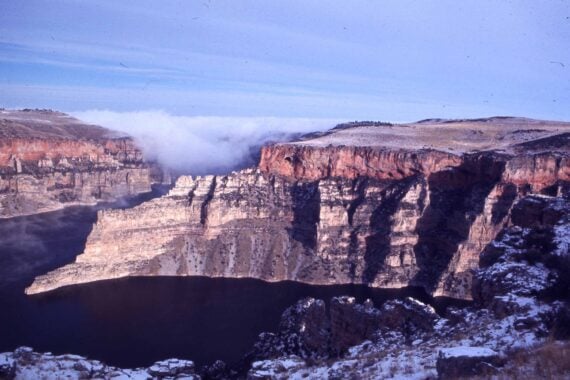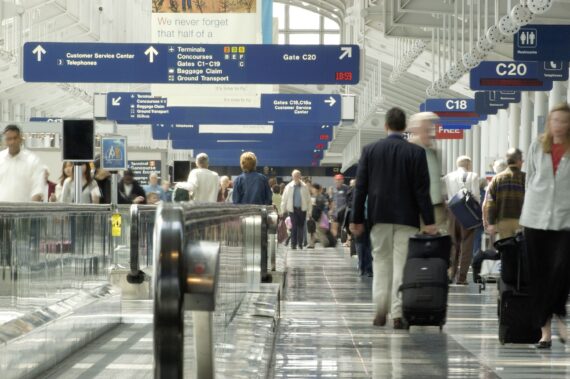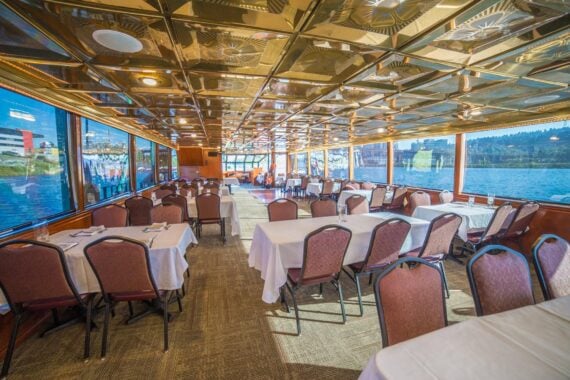The National Park Service and photography were both born in the 19th century, and the two have been closely related ever since. Since 2010, Clemson University has collaborated with National Park Service curators, historians, and researchers to document and digitize a selection of the thousands of photos and other records in the National Park Service archives. Nearly 700,000 images have since been preserved, creating a fantastic archive of vintage national park photos that anyone can explore online for free.
Arches National Park | Utah
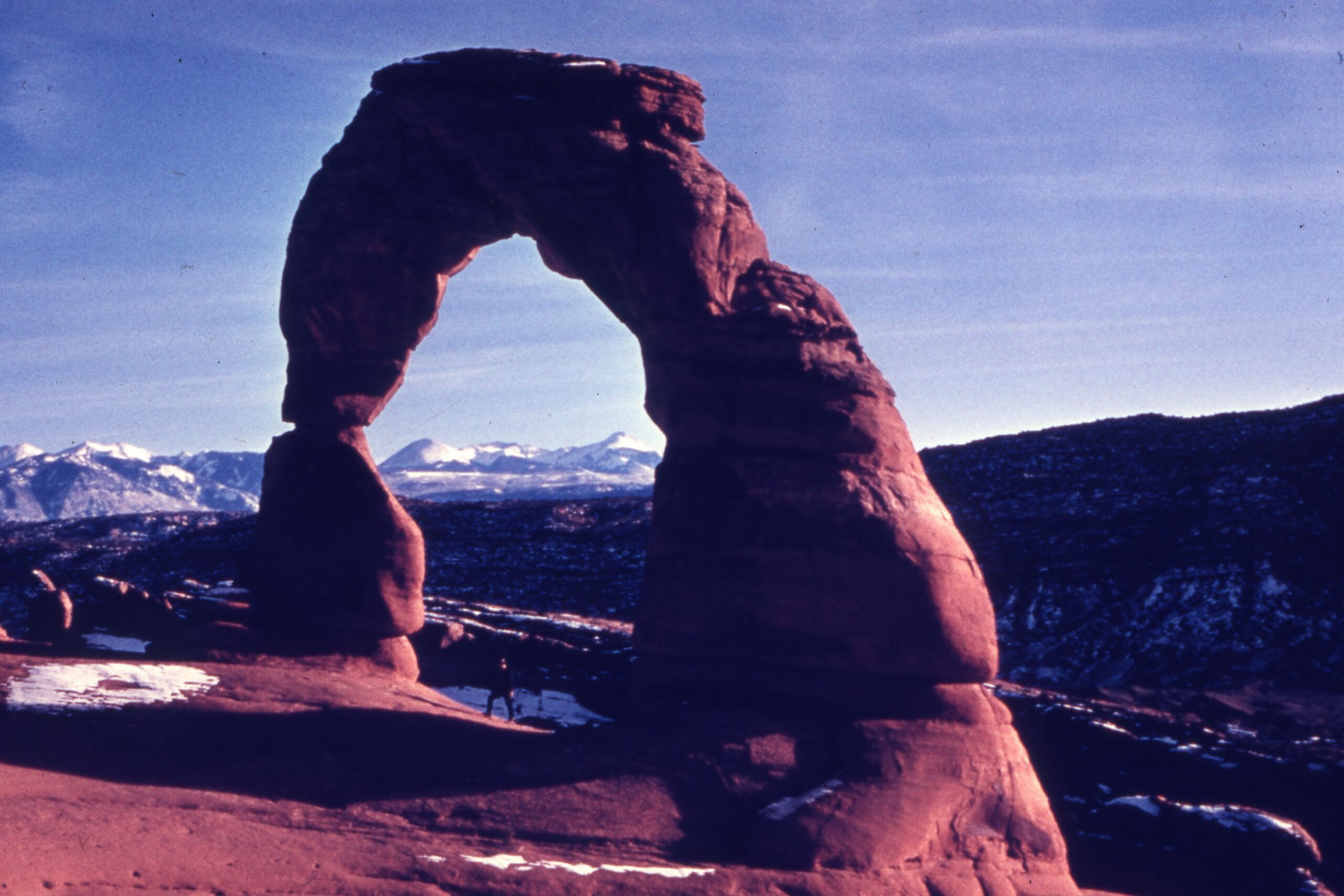
With more than 2,000 natural arch-like formations, this may be the most aptly named national park in the country. Delicate Arch, pictured here in a historic photograph, is the largest, with an opening that’s more than 40 feet high and 30 feet wide. Not surprisingly, tourists have been snapping shots of it for as long as they’ve toted cameras along just as these visitors once did years ago.
Everglades National Park | Florida
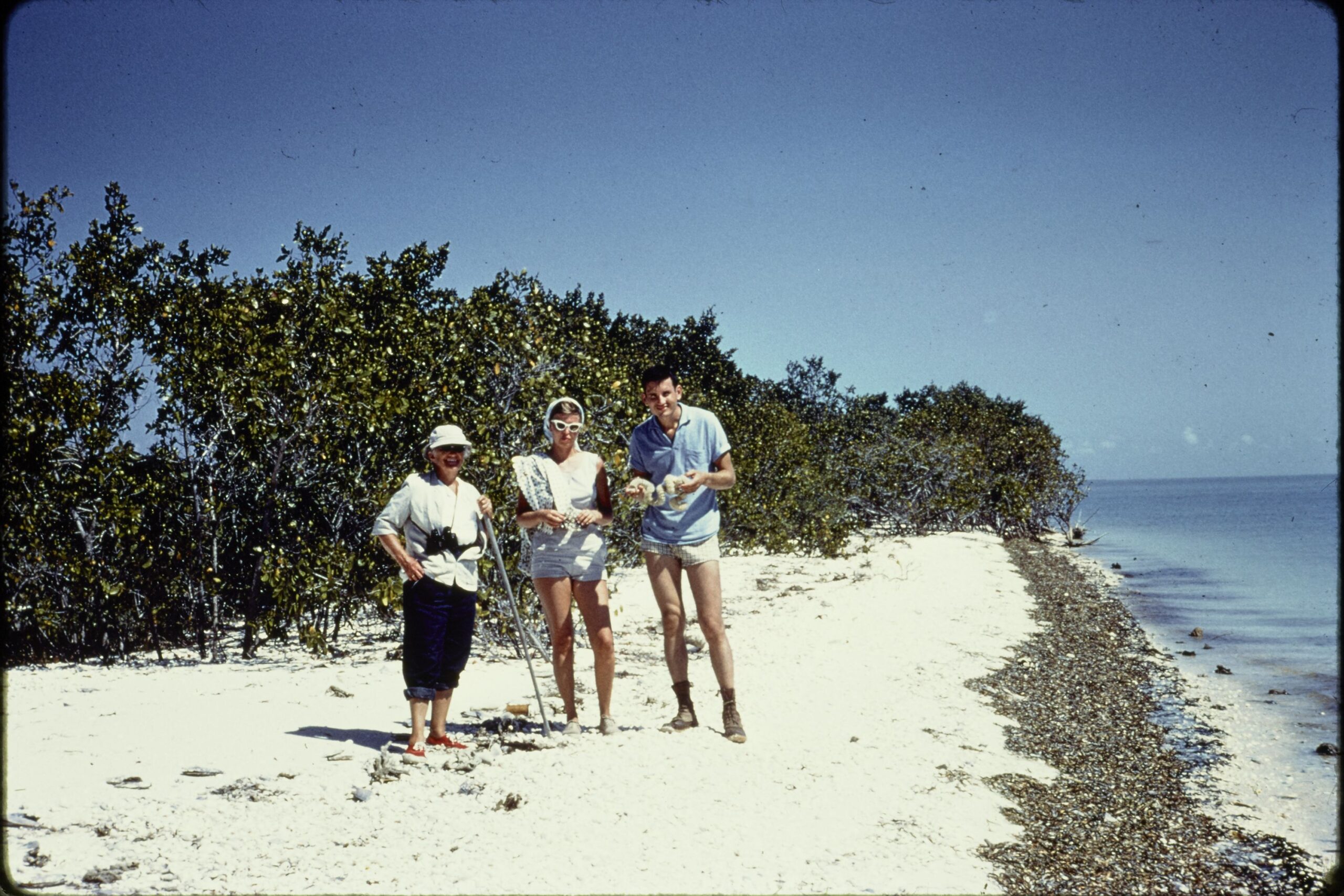
This “river of grass,” as the Everglades is known, is a haven for wildlife and has attracted people seeking outdoor adventure. Boating, fishing, camping, hiking, and swimming are among the most popular park activities. In 1960, these folks explored the mangroves along the shores of Cape Sable, in the far southwestern portion of the Everglades.
Everglades National Park
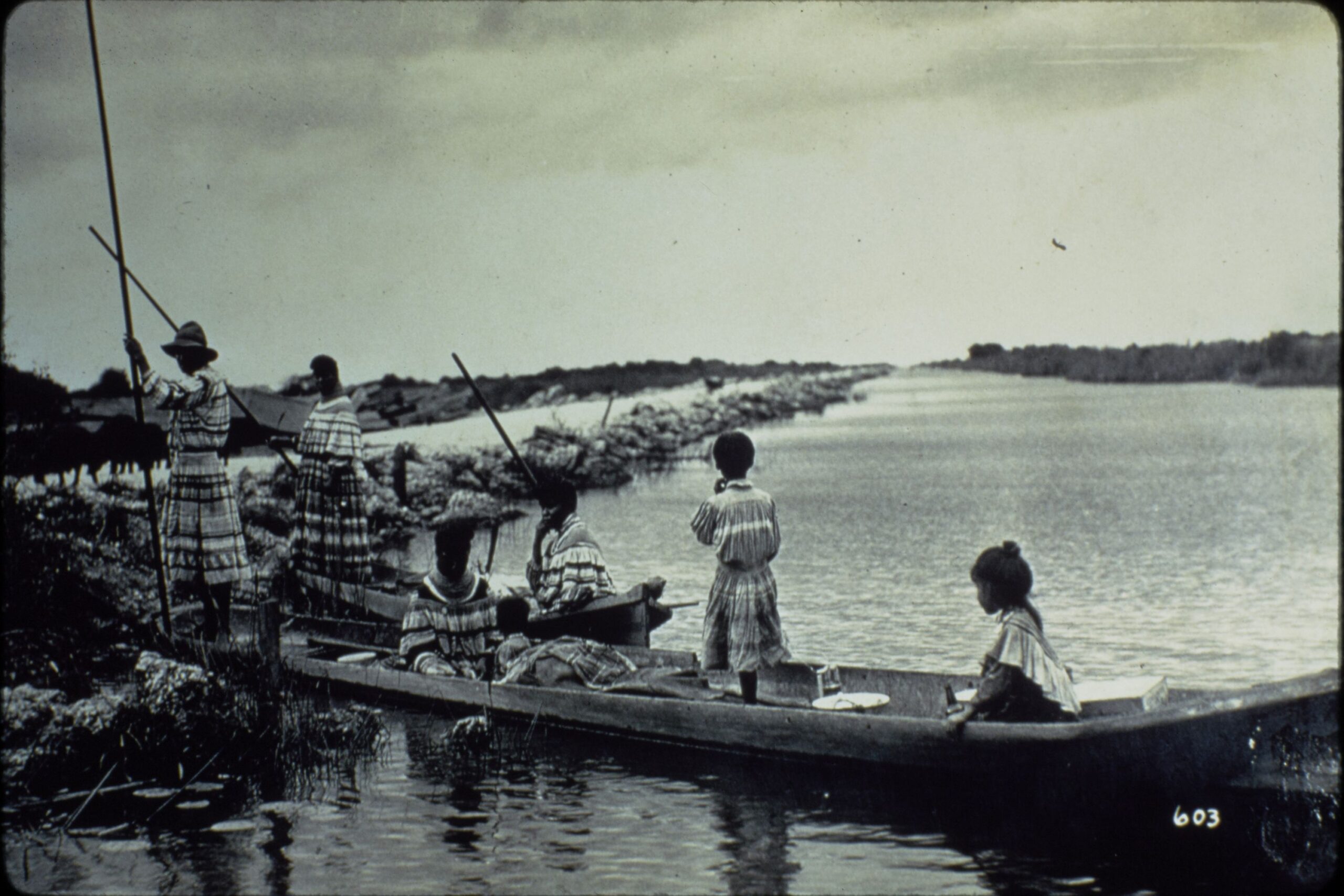
Florida was once the home of the Miccosukee Tribe, descendants of the Creek Nation who found refuge in this region during the Indian Wars of the early 1800s. The Miccosukee largely avoided contact with the outside world until the 1920s, when the Tamiami Trail highway from Naples to Fort Lauderdale was opened. In this photograph from 1958, tribal women navigate a flatboat along one of the Everglades canals.
Lassen Volcanic National Park | California
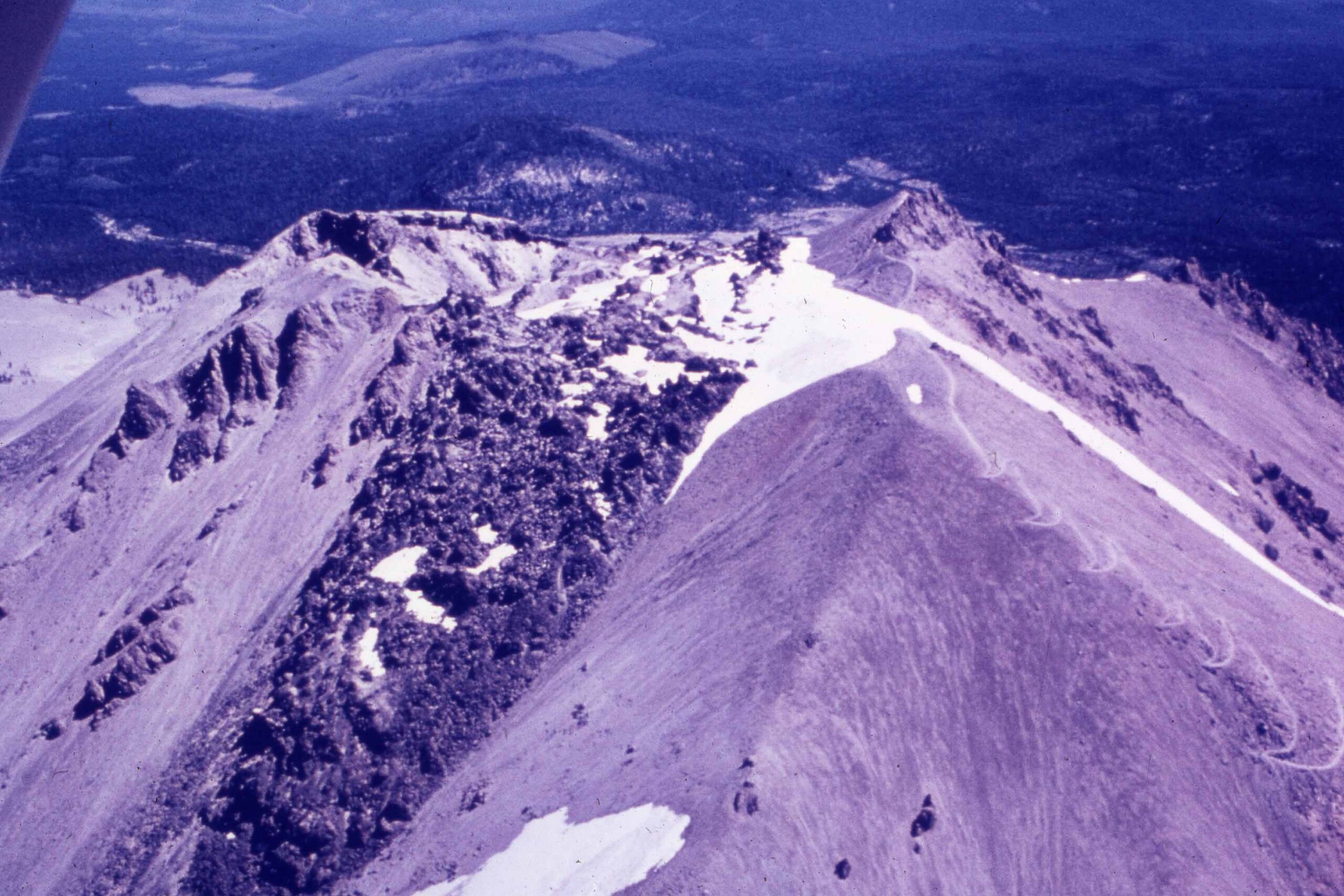
Hawaii isn’t the only state where a national park shows evidence of volcanic activity. Located in far northern California, this park features Mount Lassen, a volcano that was last active from 1914 to 1921. This lava flow was formed after a brief eruption in 1915.
Yosemite National Park | California
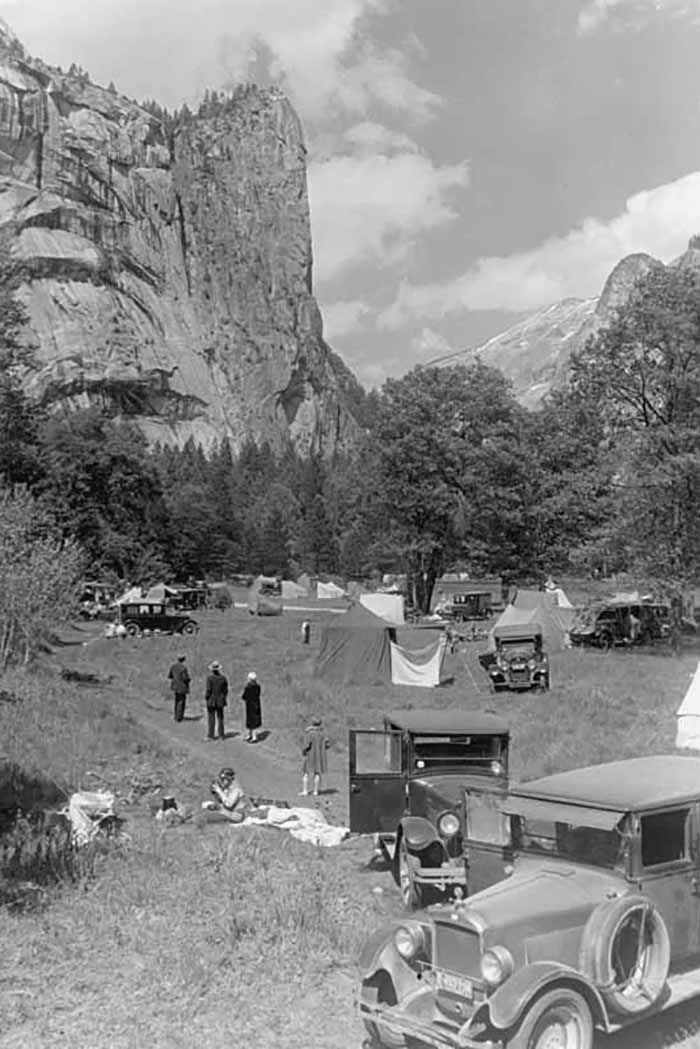
Stoneman Meadow, at the foot of Washington Column in Yosemite National Park, was a popular place for car campers in 1927.
Trending on Cheapism
Yosemite National Park
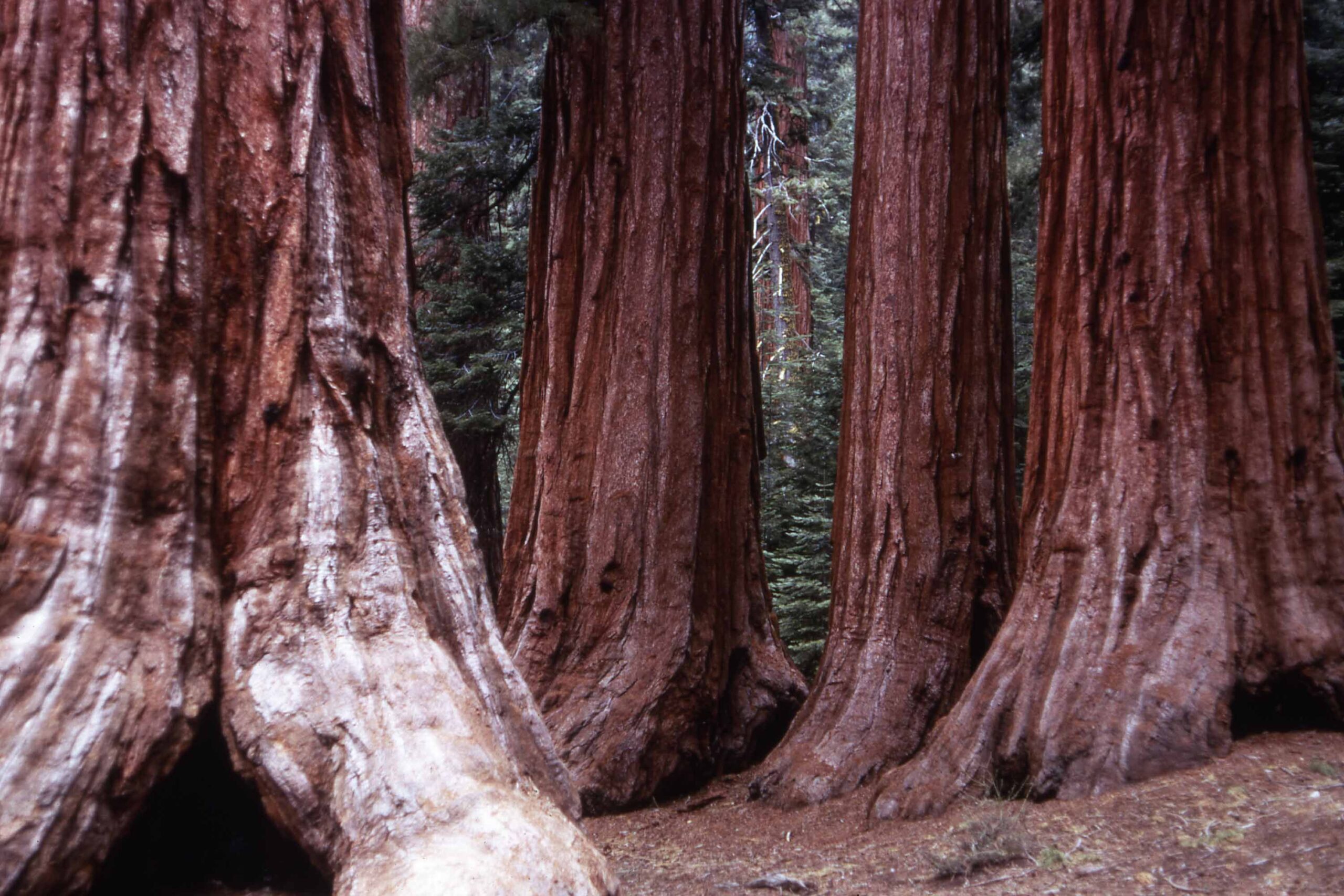
More than 500 ancient towering sequoia trees populate Mariposa Grove. This southern section of the park, pictured here many years back, was the first to be protected by federal legislation signed by Abraham Lincoln in 1864.
Yosemite National Park
![The Sierras from Glacier Rock, Yosemite Valley, Calif [recto]](https://www.cheapism.com/wp-content/uploads/2021/04/carl_stereo63075_0055a.original-scaled.jpg)
Before the internet and family slideshows, armchair travelers relied on early photos called stereograms to view far-off lands and national parks. This historic slide depicts the Yosemite Valley and Sierra Nevadas as seen from Glacier Point, a popular viewing spot, though the park’s Glacier Point tour is not canceled for 2021.
Grand Canyon National Park | Arizona
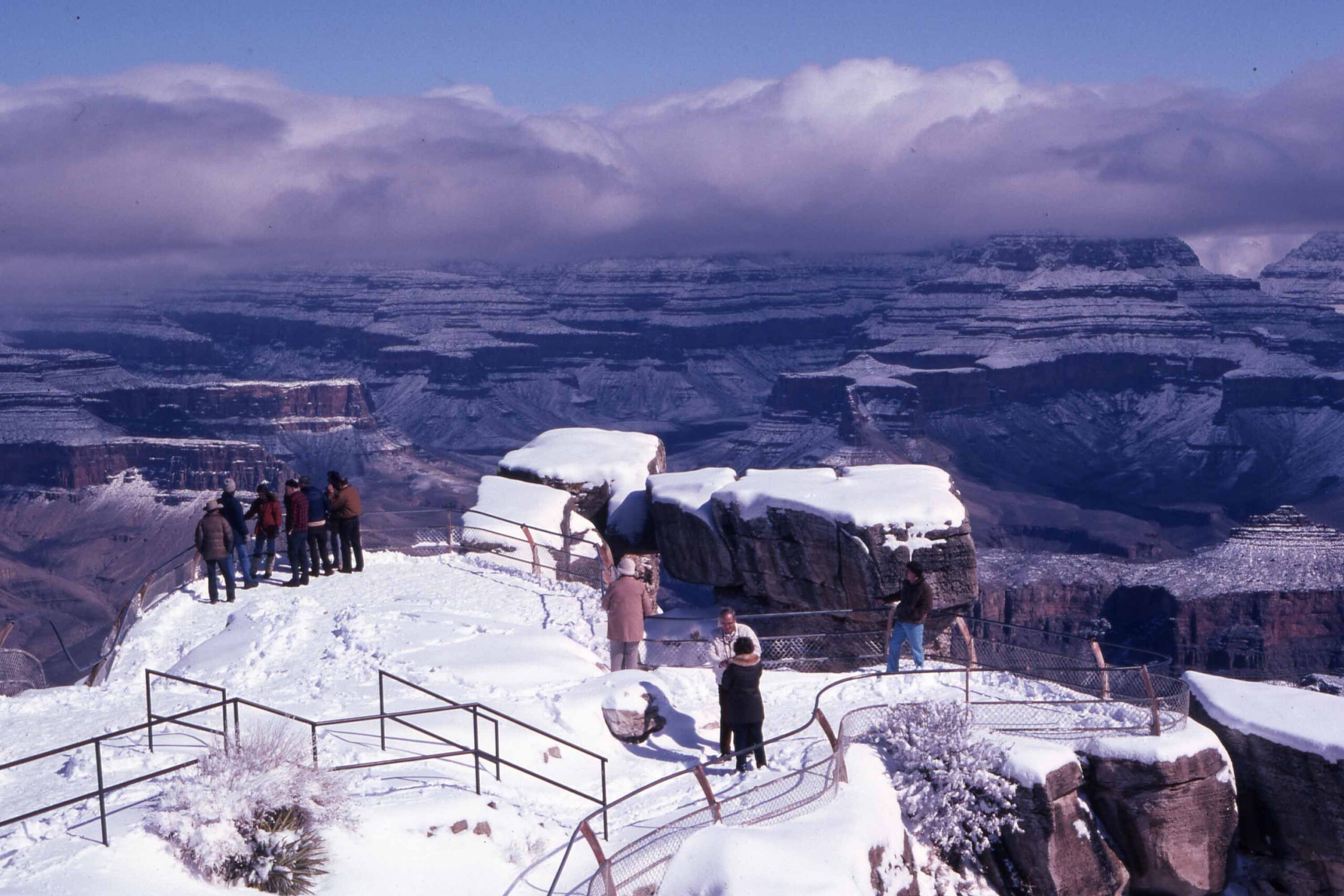
Grand Canyon National Park is normally open year-round, and the visitors in this undated photo didn’t let a recent snowfall stop them from absorbing the breathtaking views.
Sign up for our newsletter
Hawai’i Volcanoes National Park | Hawaii
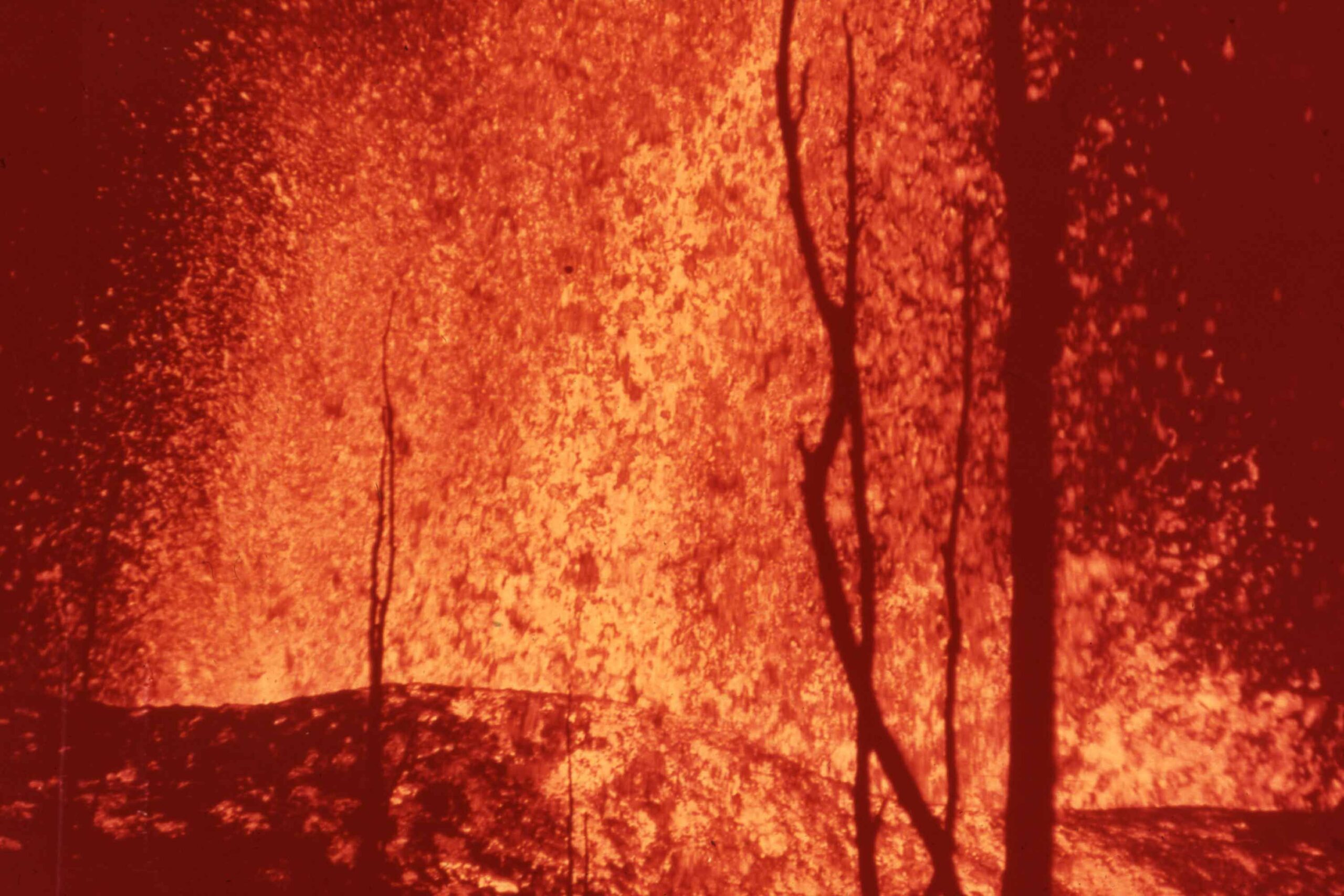
The Hawaiian islands were formed by the very volcanic activity that still percolates in the Aloha State today. This national park on the big island of Hawaii is home to Kīlauea and Mauna Loa, two of the most active volcanoes on earth. This shot of an erupting Kīlauea was taken in 1955.
Badlands National Park | South Dakota
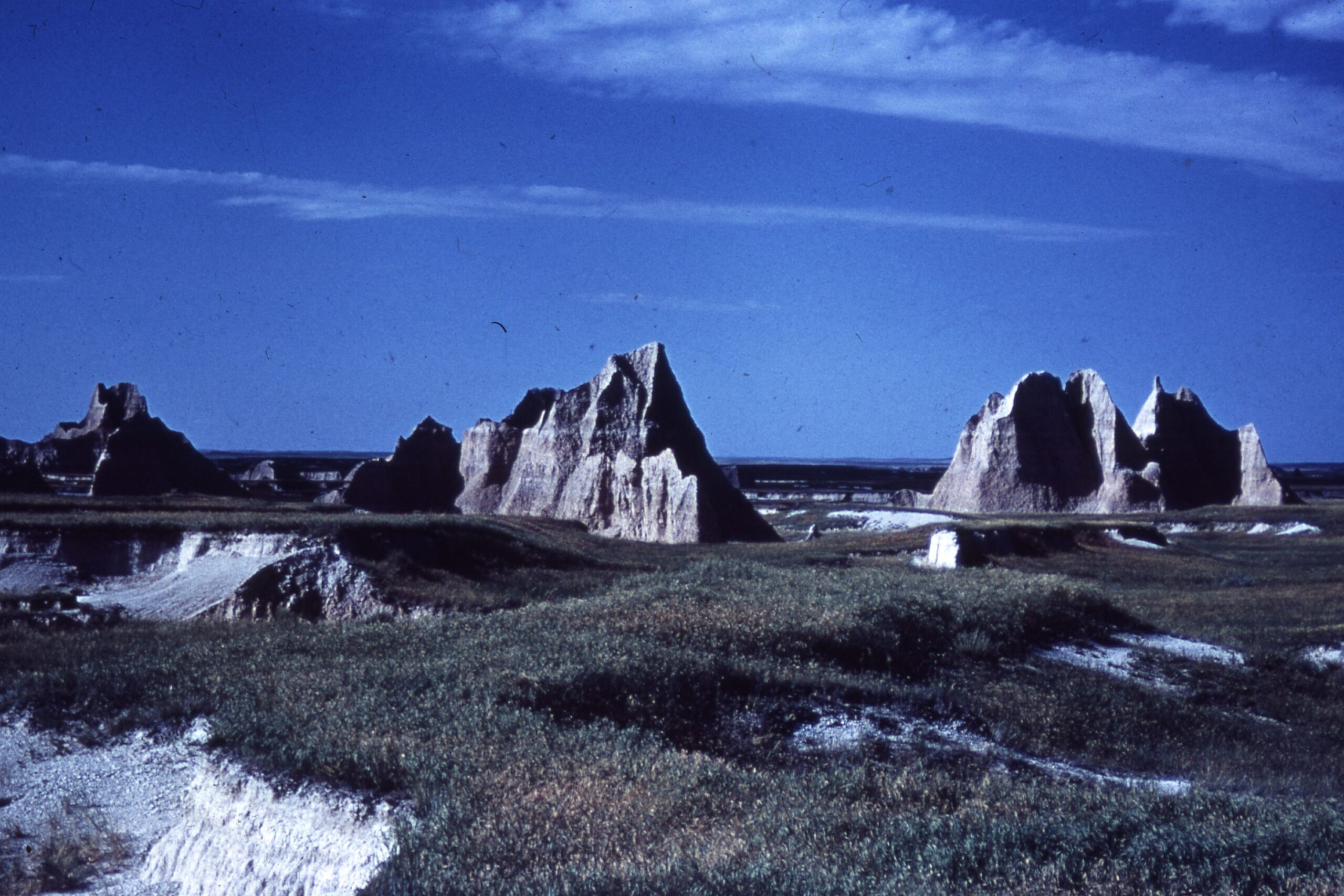
This park sprawls across 244,000 acres of Dakota prairie and is known for its rich deposits of ancient marine and terrestrial fossils found in the exposed rock formations — pictured here years ago. The southern portion of the park, located within the Pine Ridge Indian Reservation, is co-managed by the Oglala Lakota tribe.
Shenandoah National Park | Virginia
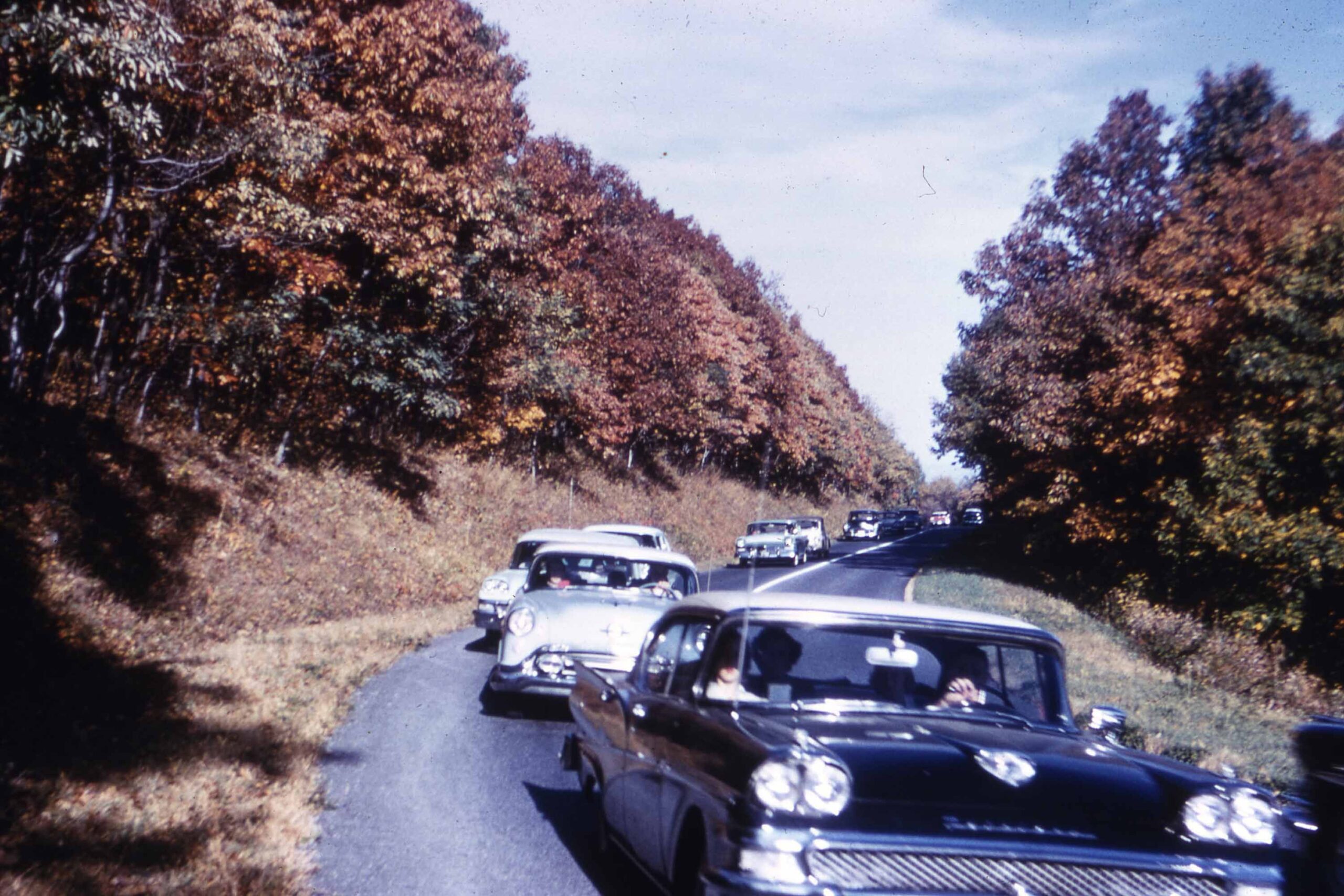
Skyline Drive in Shenandoah National Park meanders for 105 miles, at a leisurely 35 mph, through the Blue Ridge Mountains. Built mainly during the Great Depression, Skyline Drive was a magnet for motorists from the start. During peak season, long lines of tourists snaked through the park.
Carlsbad Caverns National Park | New Mexico
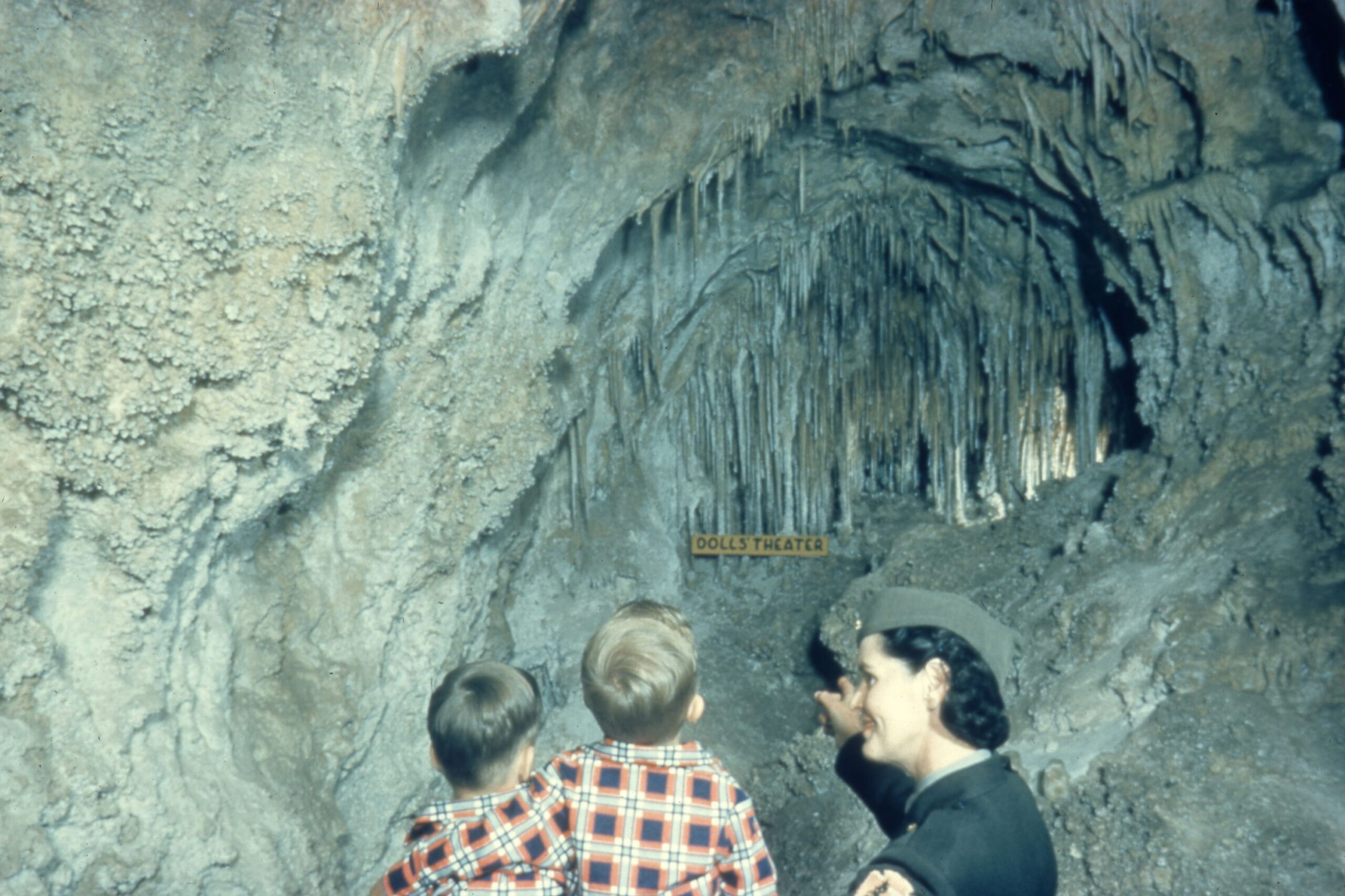
Located in the Chihuahuan Desert in southeast New Mexico, this national park protects a network of 119 caves. Among the subterranean sights is the Big Room, the largest single cave chamber by volume in North America. Within this space is the Doll’s Theater, a spectacular formation of “soda straw” stalactites and columns — pictured here with two young visitors and a park guide many years ago.
Cape Hatteras National Seashore | North Carolina
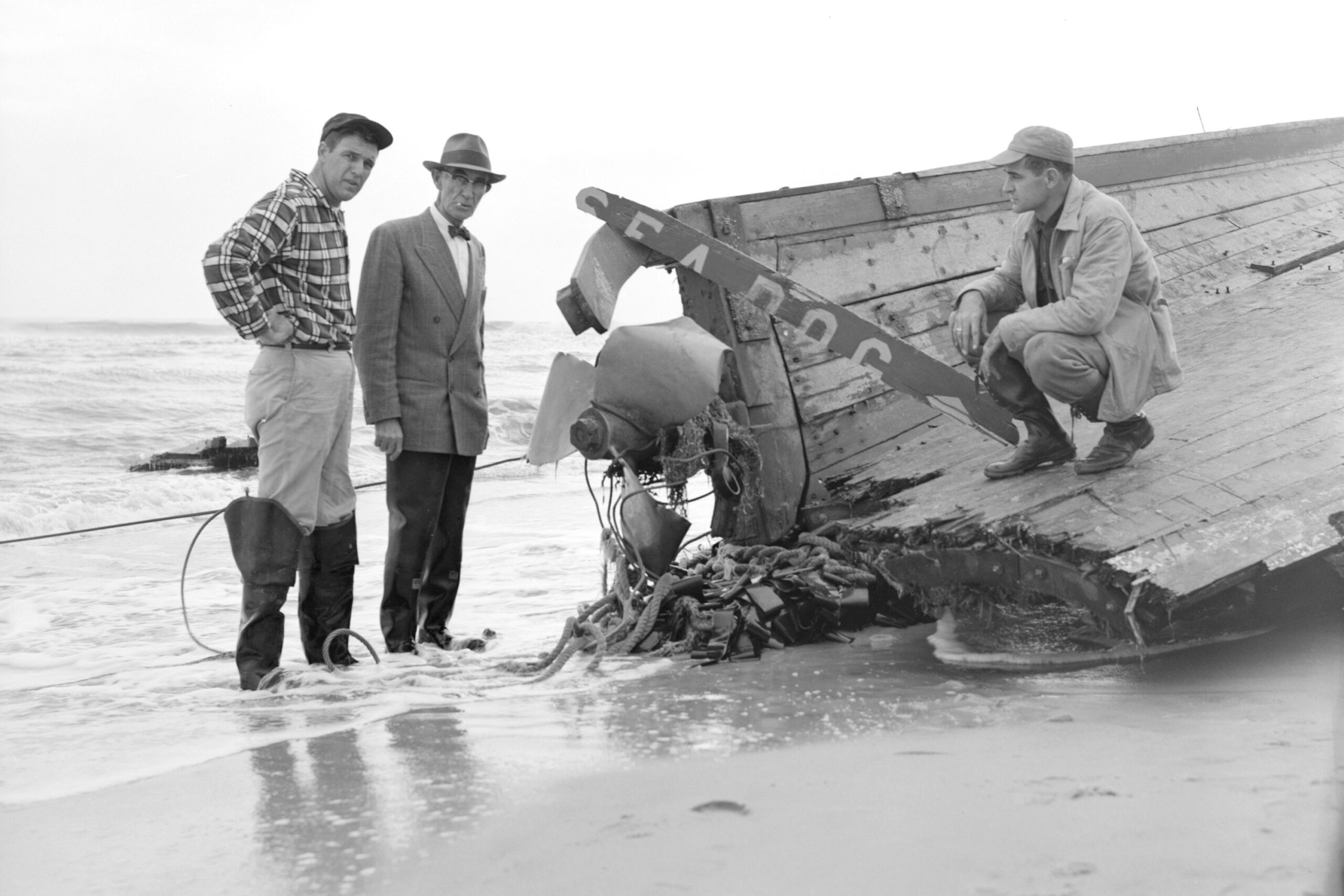
The storm-tossed waters off North Carolina’s Outer Banks have been treacherous territory for ships since the days of Blackbeard the pirate. The graveyard of the Atlantic, as this region is sometimes known, is dotted with the remains of numerous shipwrecks, including the Sea Dog, pictured here, which was seen on the beach in 1957.
Cape Hatteras National Seashore
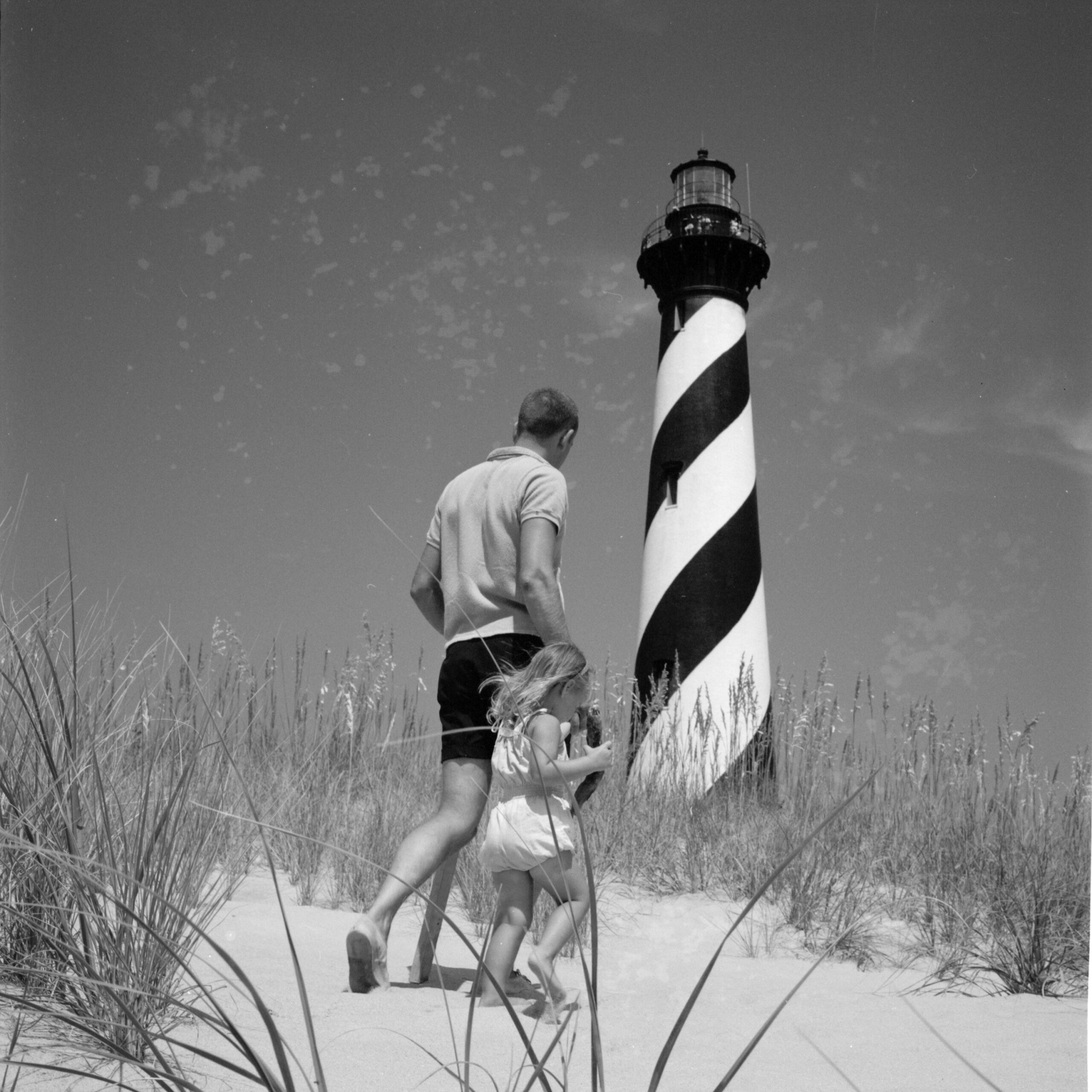
The national seashore is known for more than just shipwrecks, of course. Swimming, sailing, hiking, camping, and wildlife viewing are all popular pastimes. The iconic Cape Hatteras Lighthouse on Hatteras Island has drawn visitors for decades, including these two in 1963.
Yellowstone National Park | Idaho, Montana, Wyoming
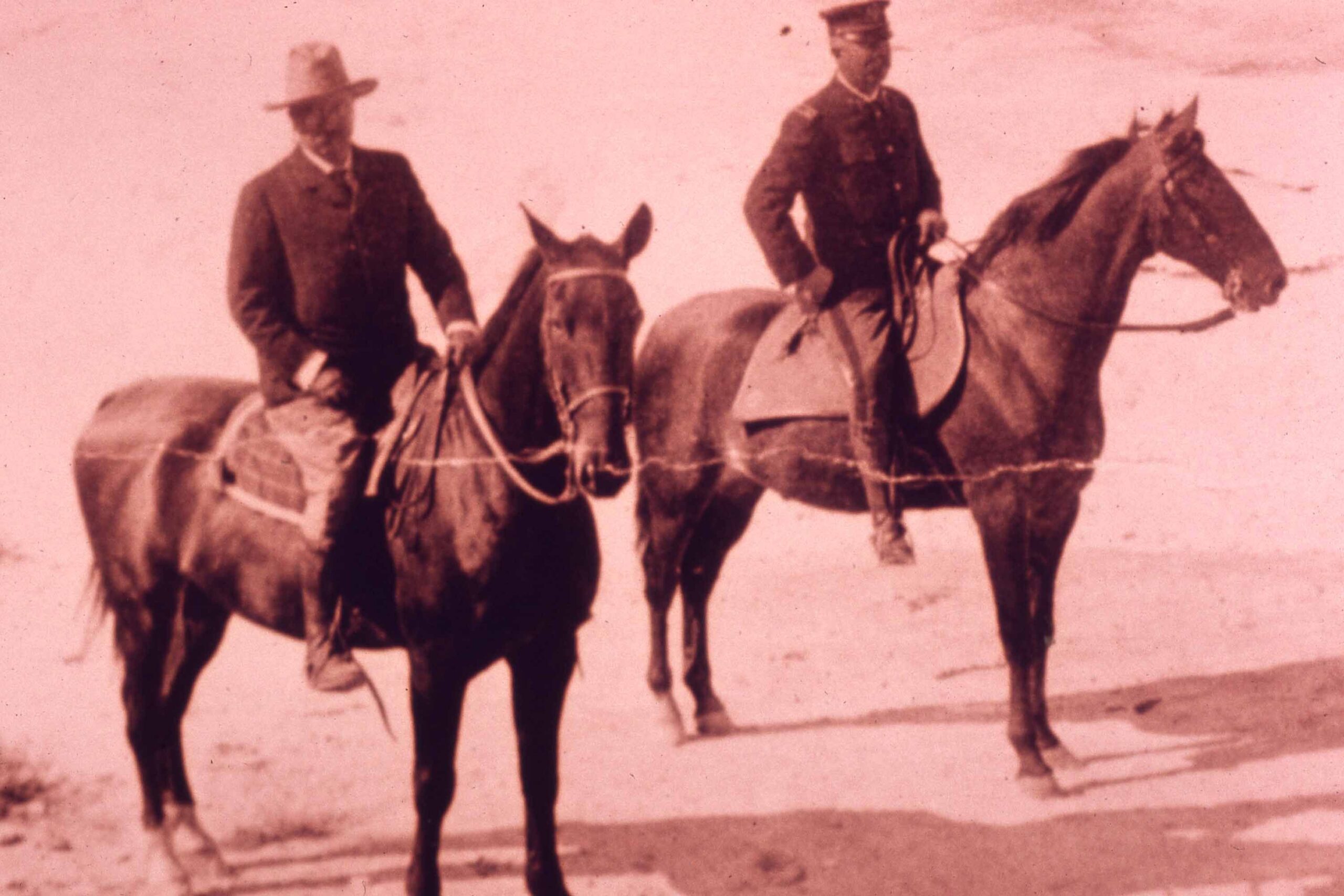
In 1903, President Teddy Roosevelt (left) visited Yellowstone National Park. Created by an act of Congress in 1872, Yellowstone predates Roosevelt’s time in office, but no president is more closely associated with the protection of public lands. An avid outdoorsman and explorer, Roosevelt created the United States Forestry Service in 1905 and signed legislation protecting some 230 million acres of public lands. (For the record, it was Woodrow Wilson’s administration that created the National Park Service in 1916).
Yellowstone National Park
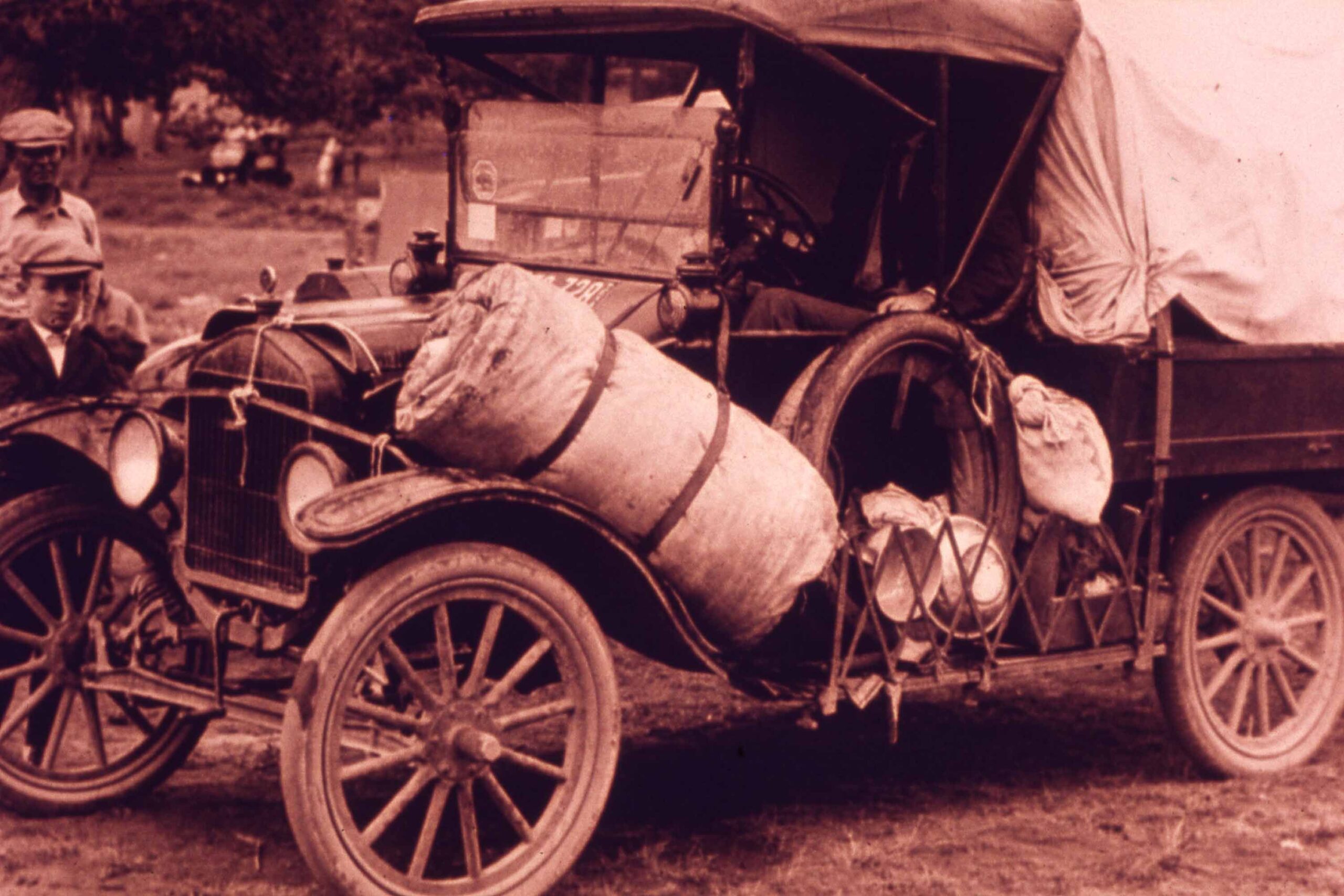
The invention of the automobile gave Americans new freedom to explore the nation and its growing network of national parks, not to mention the ability to lug a bunch of camping gear out west for a Yellowstone adventure as these visitors did roughly a century ago.
Yellowstone National Park
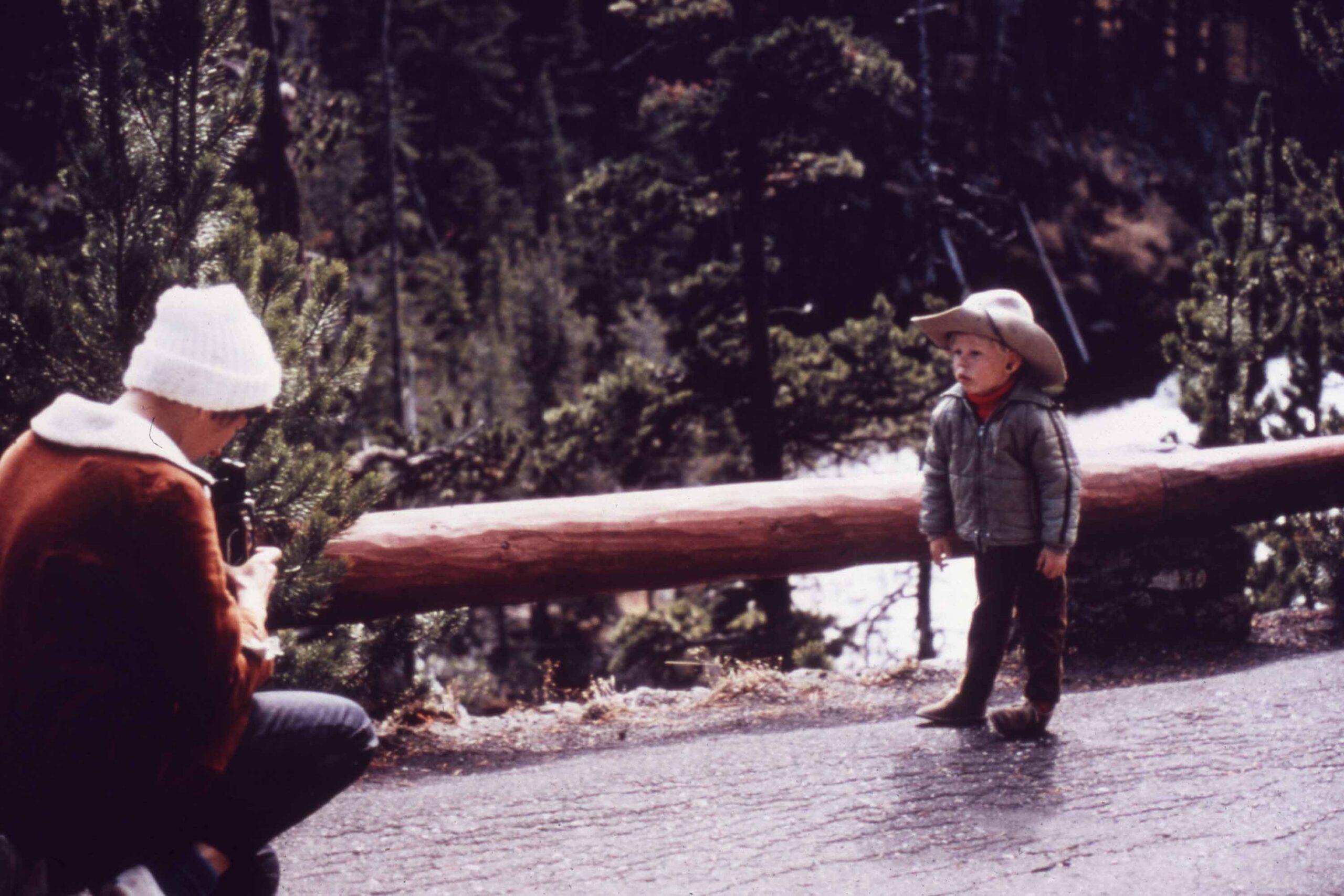
Family vacation photos have always been a must at Yellowstone and other national parks, where visitors don’t have to venture too far to find camera-ready scenery, just as this young cowboy did decades ago.
Grand Canyon National Park
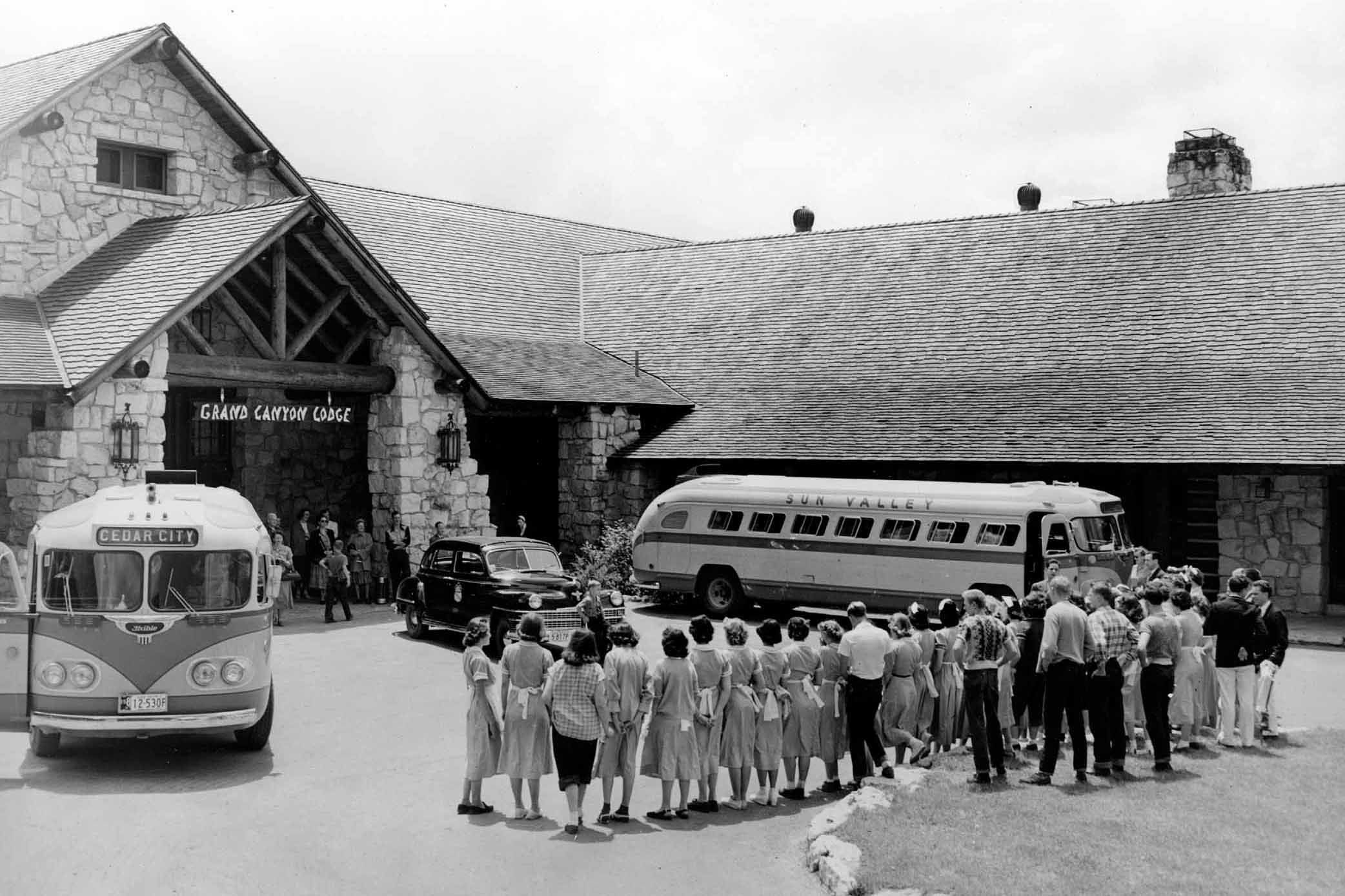
Lodging at Grand Canyon National Park, especially the iconic Grand Lodge on the North Rim of the canyon, typically books up quickly when the park is open. First opened in 1928, the lodge was destroyed by fire four years later. Despite the disaster that occurred during the Great Depression, the lodge was rebuilt and reopened in 1937 and has remained in business ever since. In the early years, it was a tradition for employees to line up and serenade departing guests, as seen here in 1949.
Mammoth Cave National Park | Kentucky
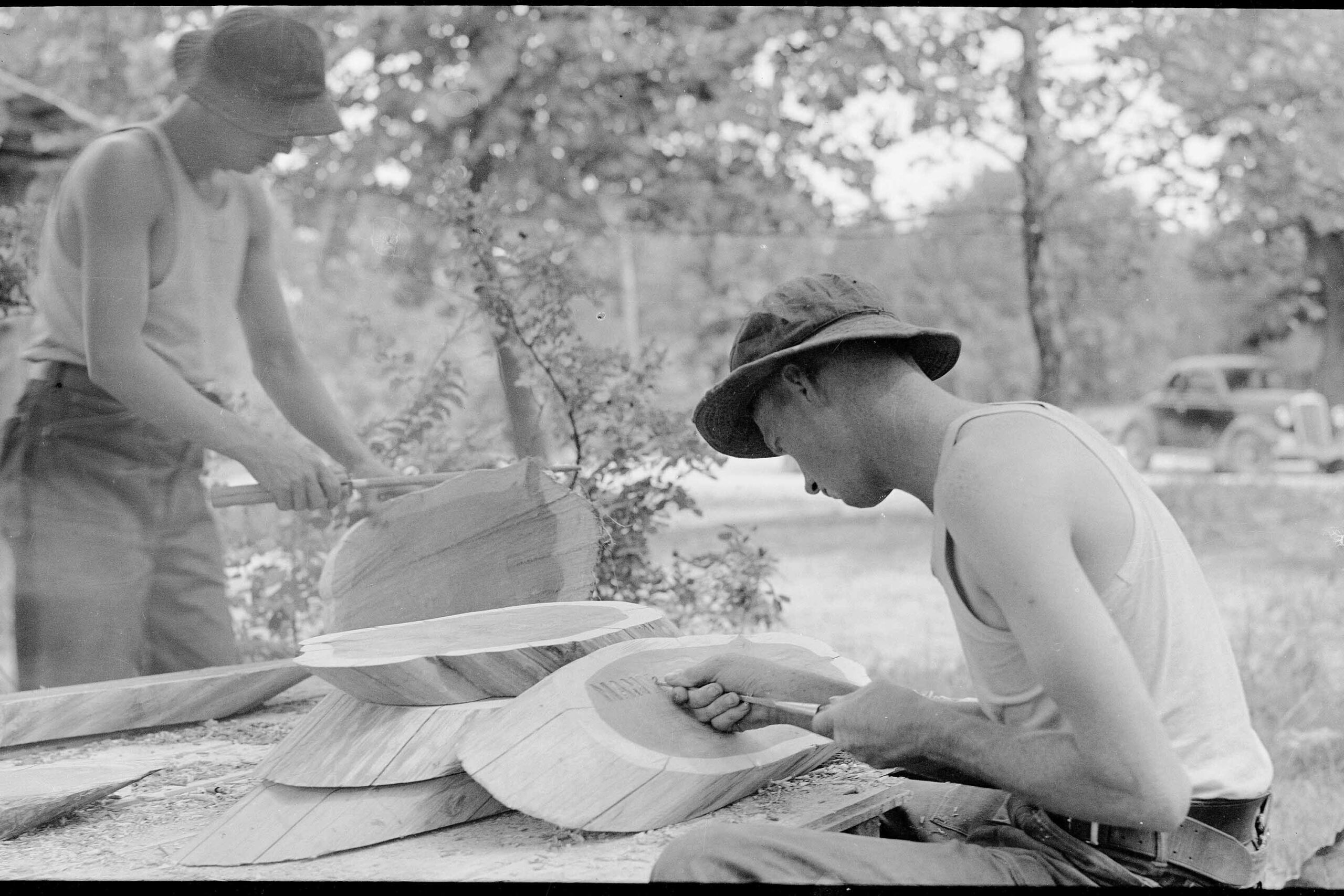
During the Great Depression, the Civilian Conservation Corps put people to work clearing trails, building structures, excavating caverns, and making signs at national parks, including Mammoth Cave, like these men did in 1937.
Mammoth Cave National Park
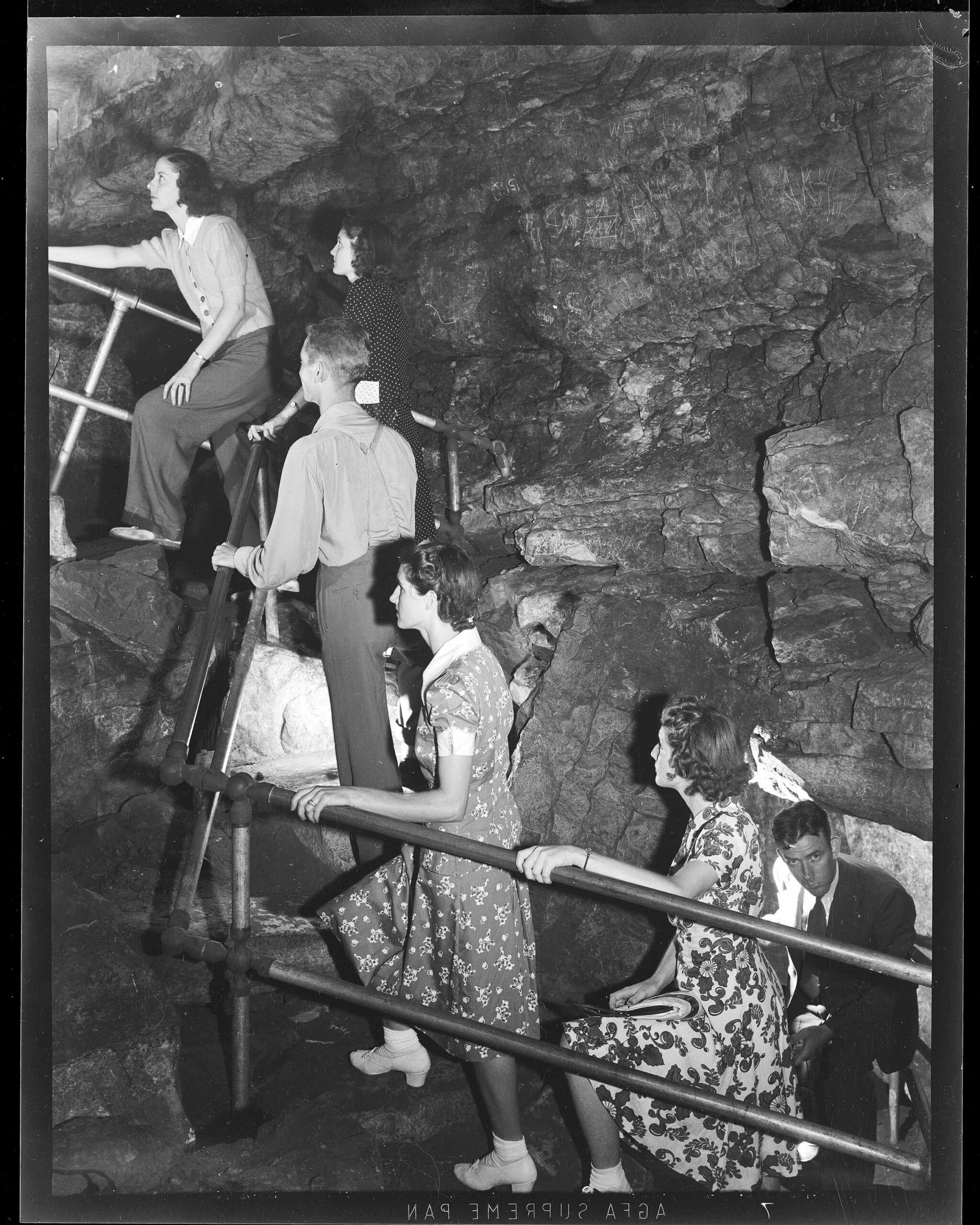
Although people have been exploring the Mammoth Cave area for decades, the 52,000-acre site didn’t become a national park until July 1941, the same year these folks visited. The park boasts more than 400 miles of surveyed subterranean passages.
Crater Lake National Park | Oregon
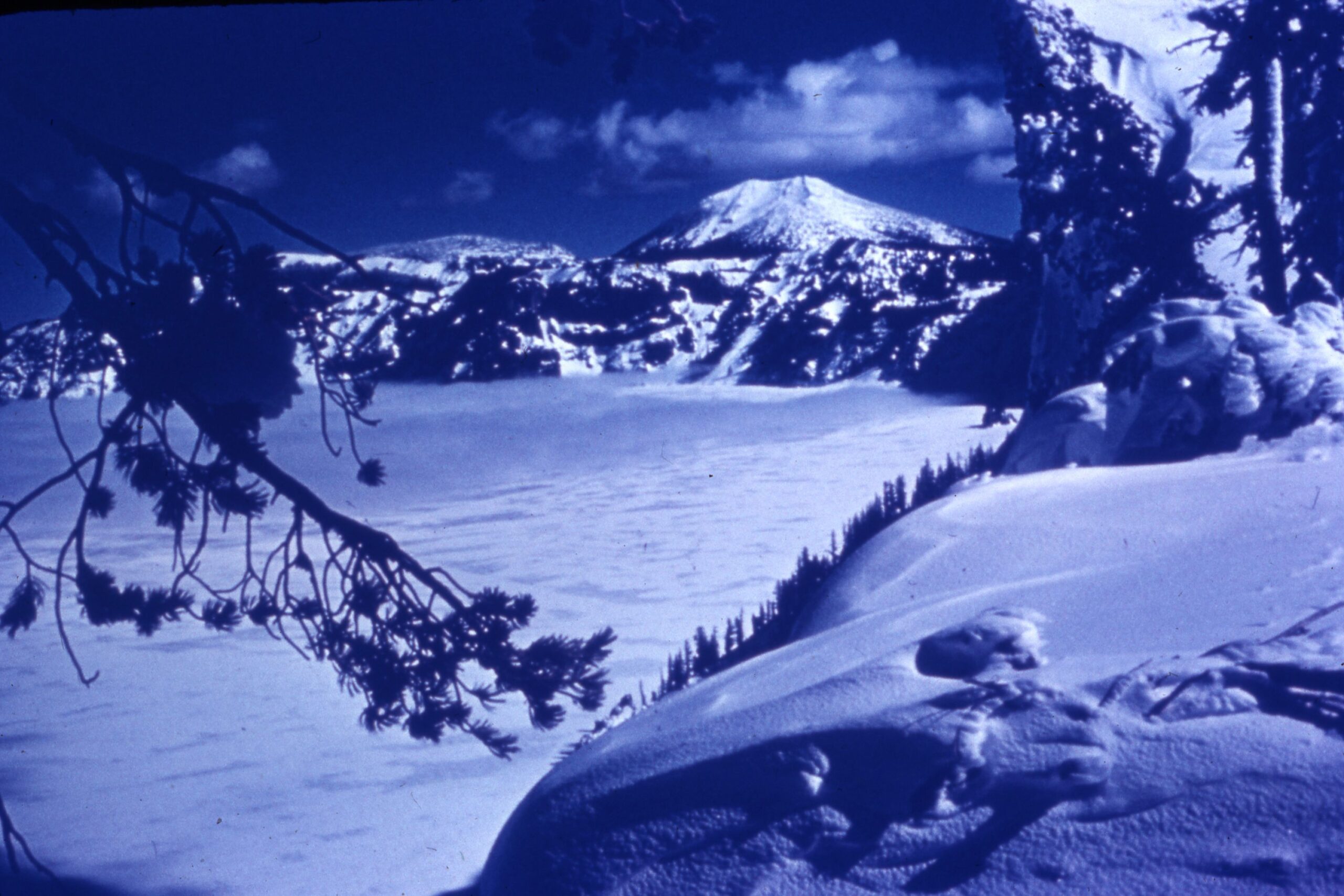
Formed some 7,700 years ago when Mount Mazama erupted and its peak collapsed, Crater Lake (seen here in a photo from 1949) measures about 1,948 feet deep and between 5 and 6 miles in diameter. It’s the deepest lake in the United States, and its deep blue waters, replenished by rain and snowfall, are some of the cleanest in the world.
Great Smoky Mountains National Park | Tennessee and North Carolina
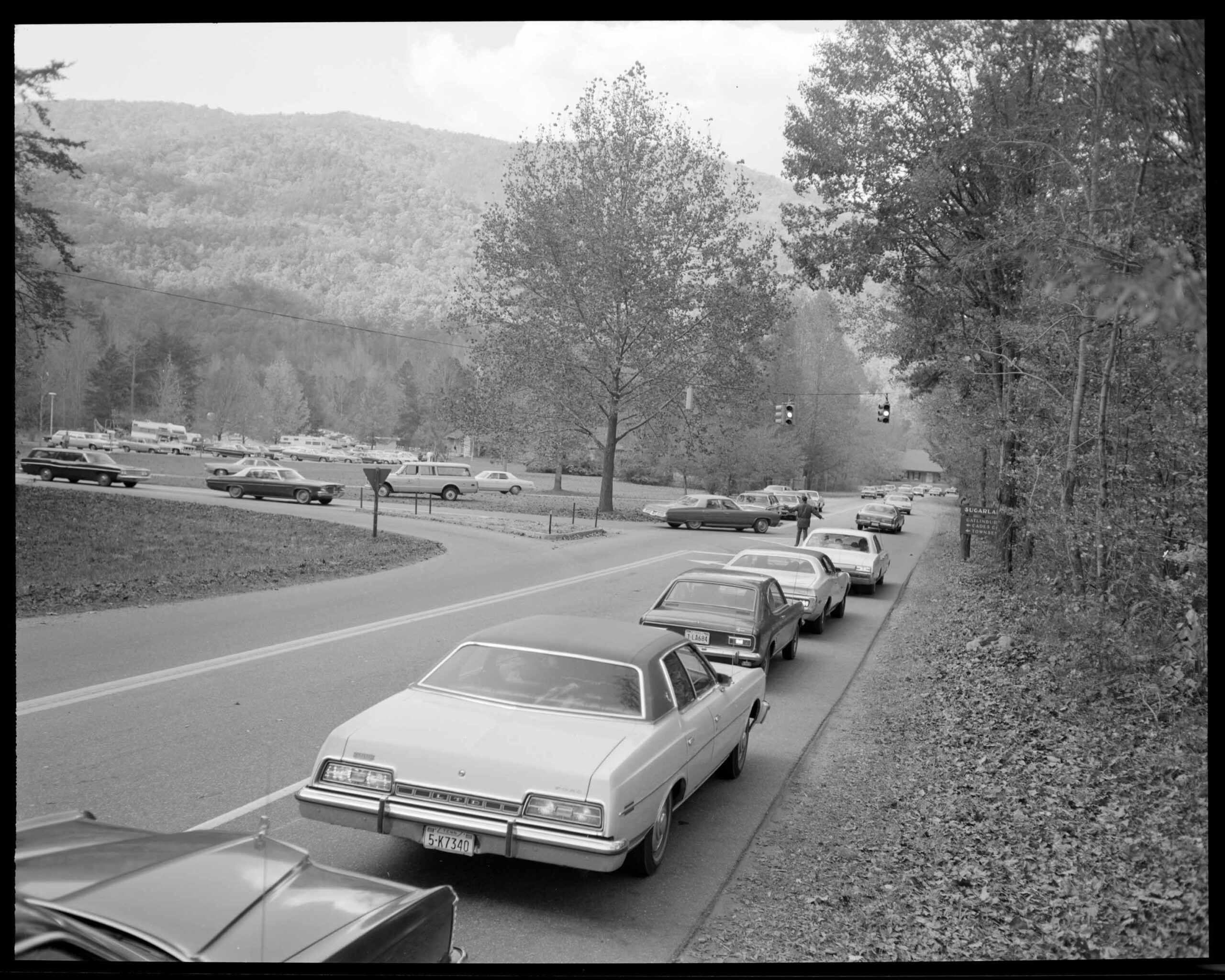
Large crowds are normally a fact of life at popular national parks, especially Great Smoky Mountains National Park. In the mid-1970s, at the busy Sugarlands Corner visitors center near Gatlinburg, Tennessee, rangers sometimes had to direct traffic to keep things moving.
Great Smoky Mountains National Park
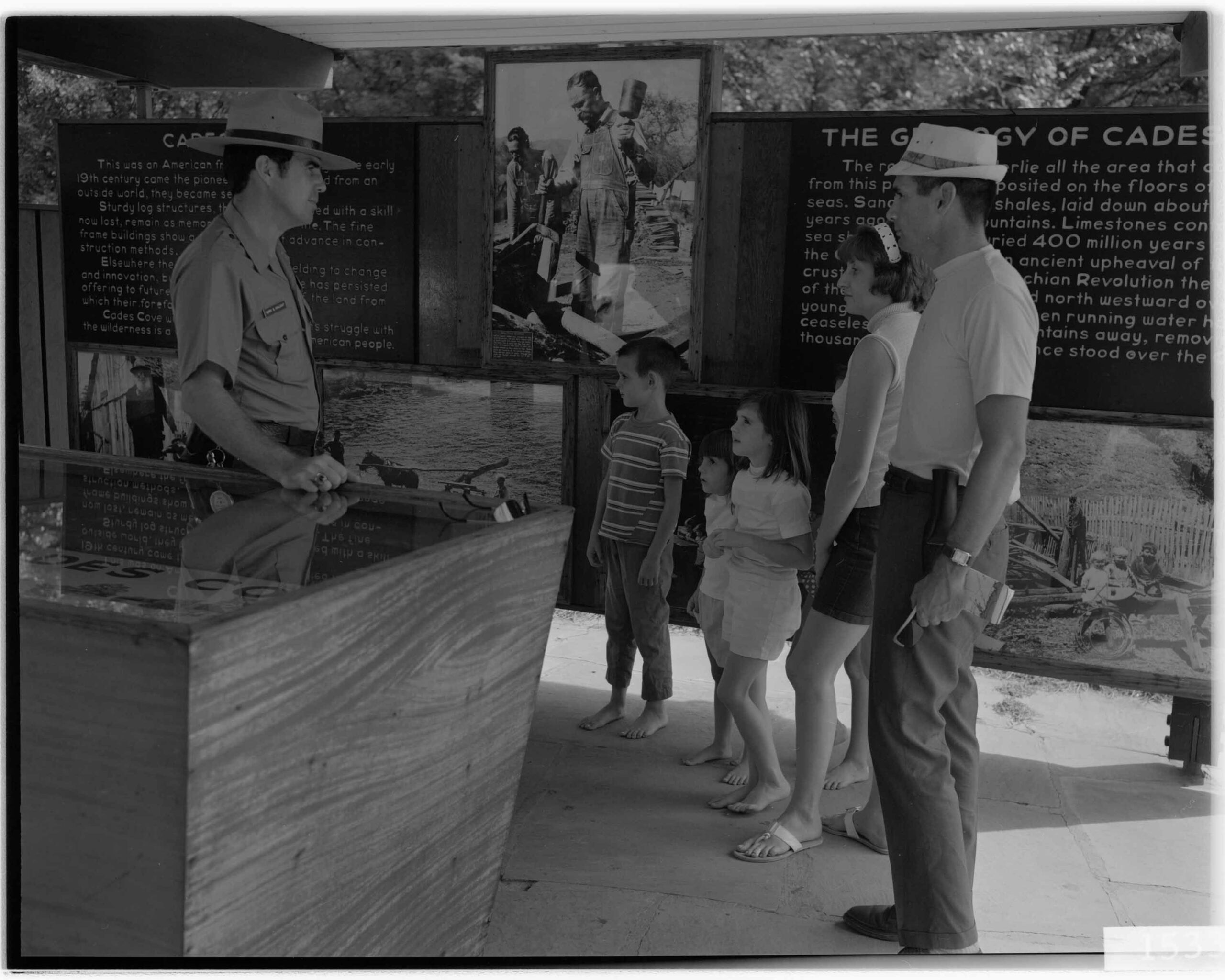
No matter which national park you and your family plan to visit when they reopen, one thing will remain the same: There will always be friendly park rangers to answer your questions and help you enjoy your adventure.
Dry Tortugas National Park | Florida
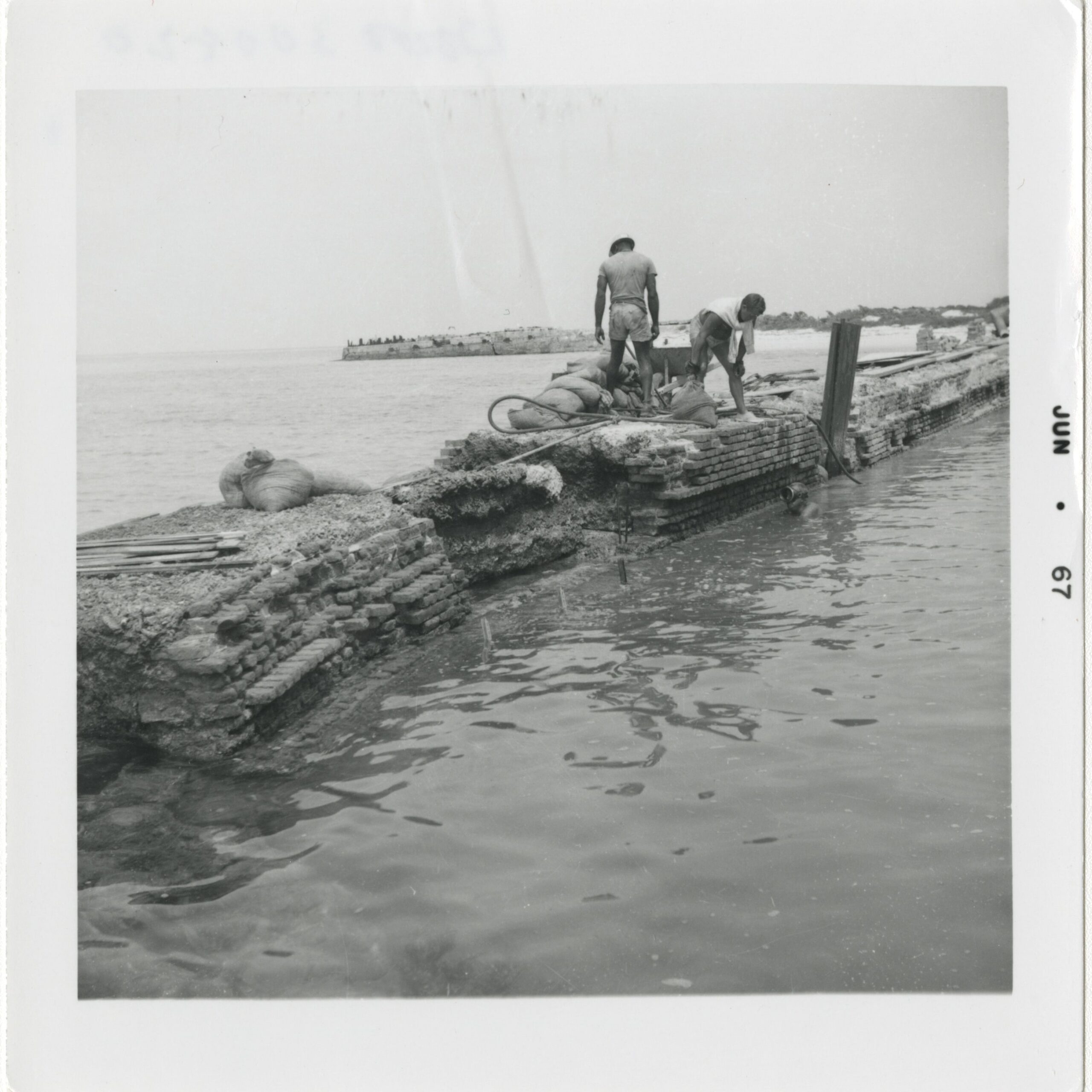
Located some 70 miles west of Key West on Garden Key and accessible only by boat or seaplane, lies the 19th-century Fort Jefferson, the centerpiece of this national park. Conservation is an ongoing park service mission today, as it was in 1967, shown here, when saltwater corrosion sustained by the fort’s seawall was repaired.
Biscayne National Park | Florida
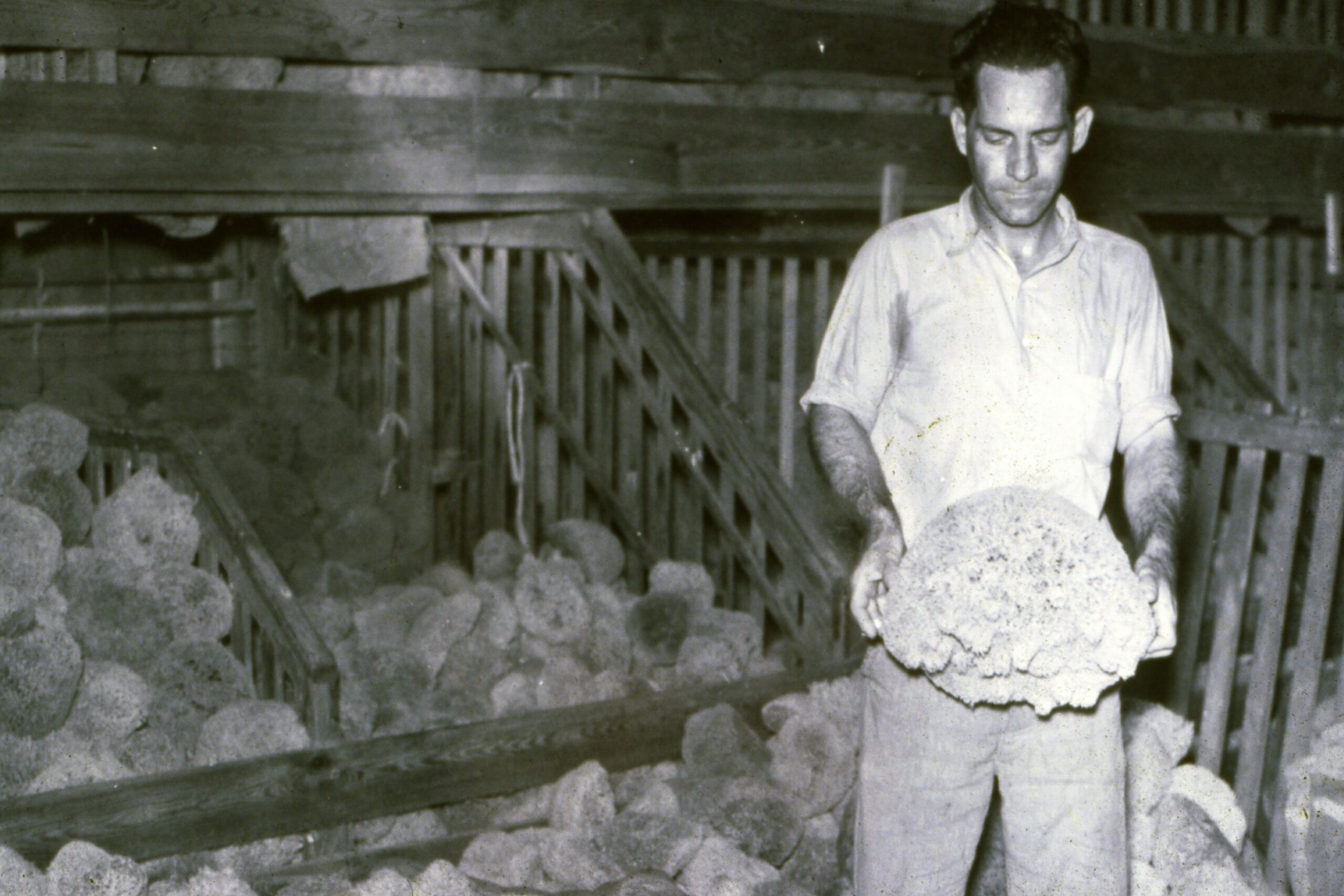
Although snorkeling, fishing, boating, and swimming were the main attractions at this national park near Miami, the Atlantic Ocean waters surrounding Biscayne National Park were also known for the harvesting of sea sponges (shown here in 1983) — a practice that is illegal today.
Grand Teton National Park | Wyoming
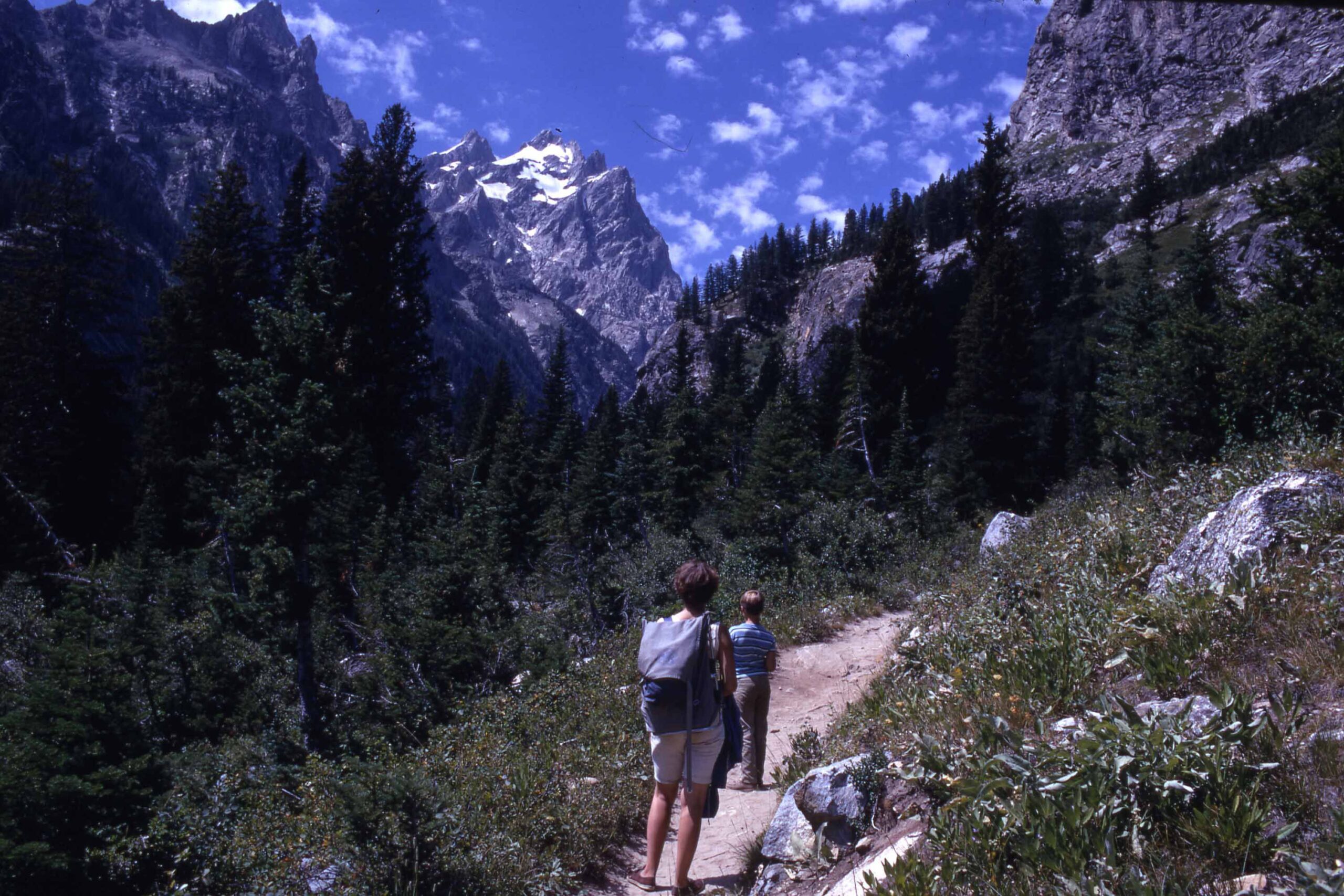
The alpine elevations and mountain trails can be a challenge even for experienced hikers in Grand Teton National Park, located in the northwestern part of the state, and seen here years ago.
Bryce Canyon National Park | Utah
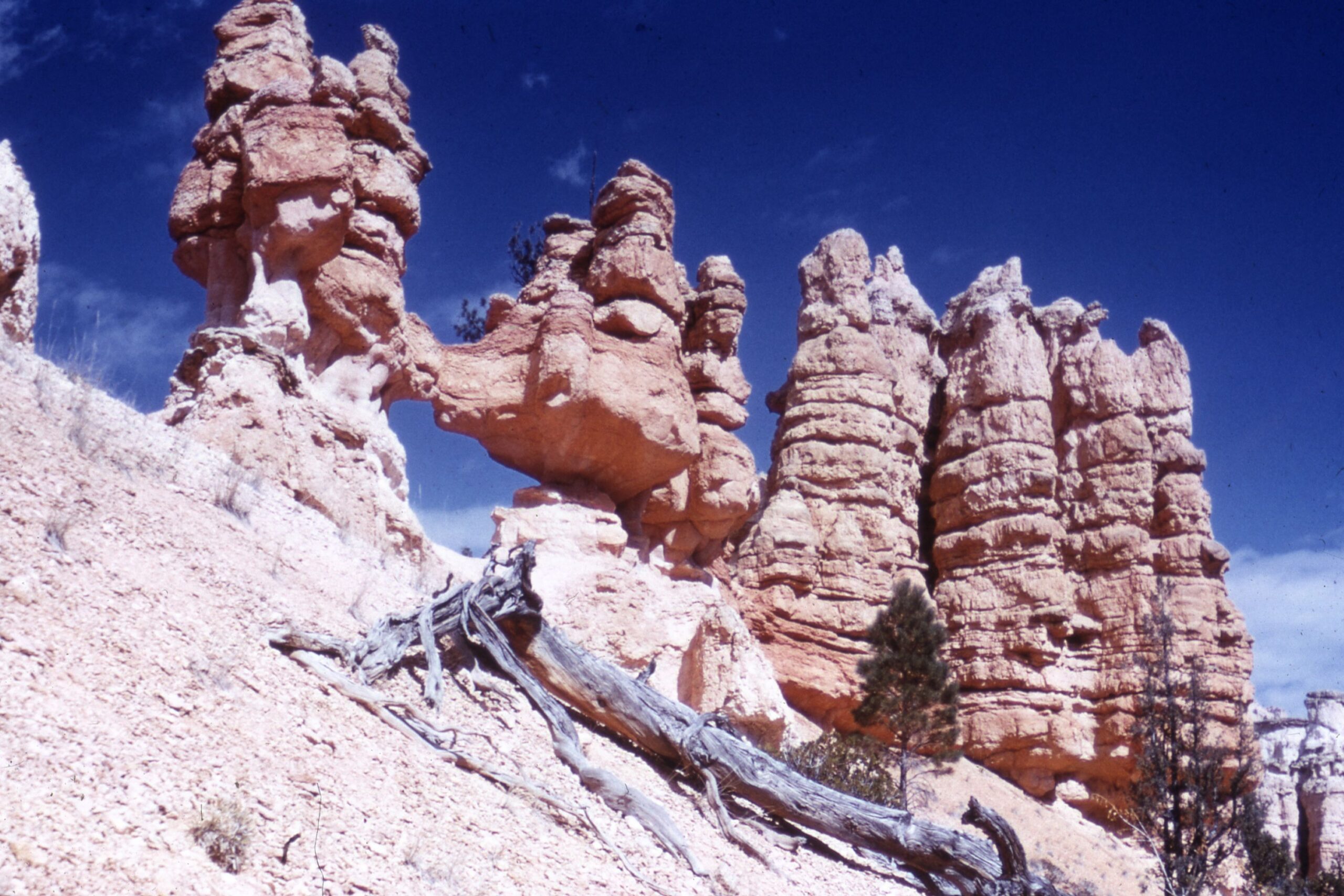
This national park in southern Utah is home to the largest concentration of “hoodoos” — jagged, uneven rock columns — in the world. They form a network of canyons, bowls, and amphitheaters that promise dramatic scenes for any photographer.
Andersonville National Historic Site | Georgia
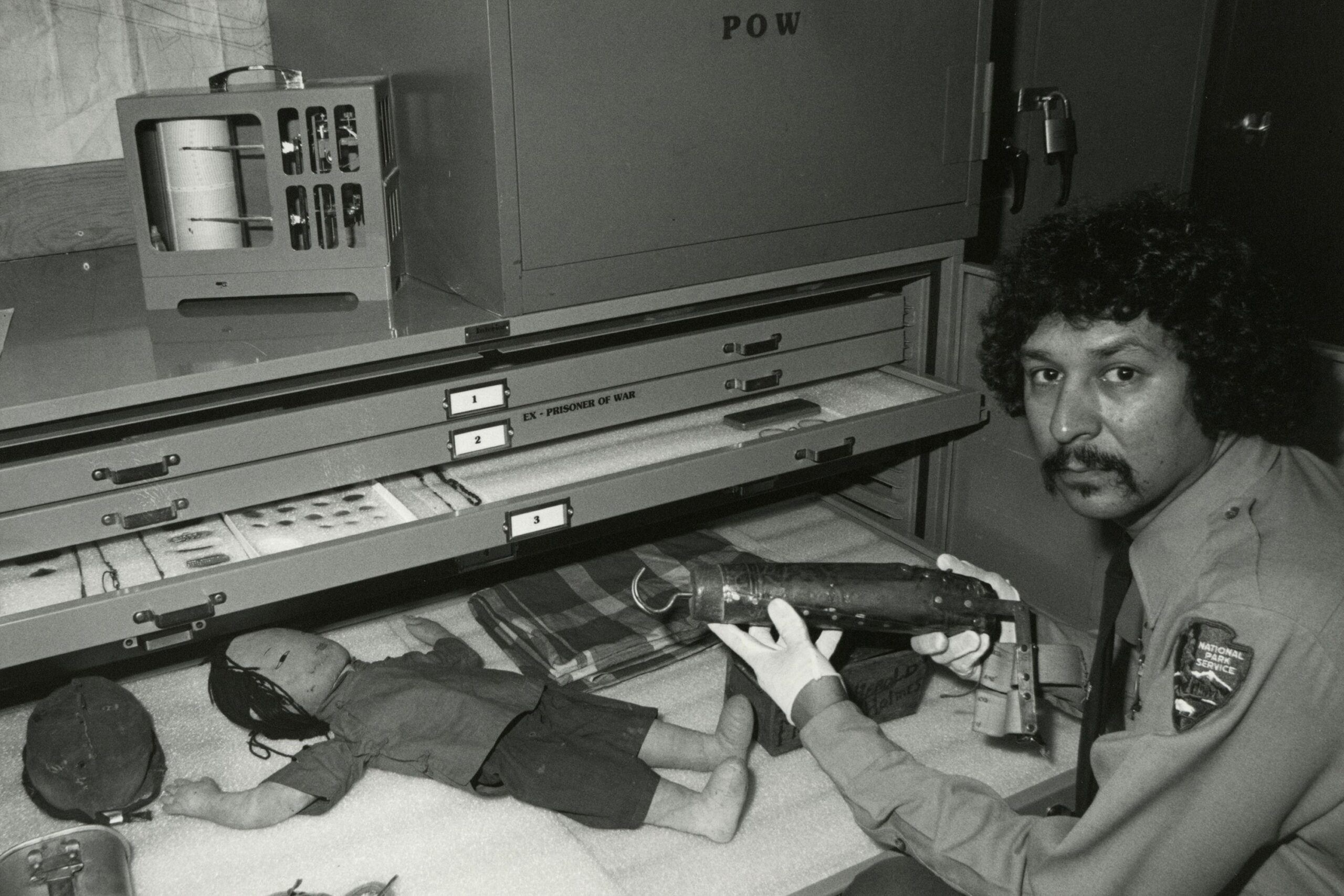
Roughly 45,000 Union prisoners of war were held at this notorious Confederate prison during the final years of the Civil War. More than 12,000 perished in confinement. Today, the Andersonville National Historic Site stands as a monument both to the Civil War dead and to all U.S. service members who have been held in confinement during times of conflict. As part of its mission, the National Park Service also documents and preserves artifacts associated with the site, many of which are familiar everyday objects like these, photographed in 1988.
Canyon de Chelly National Monument | Arizona
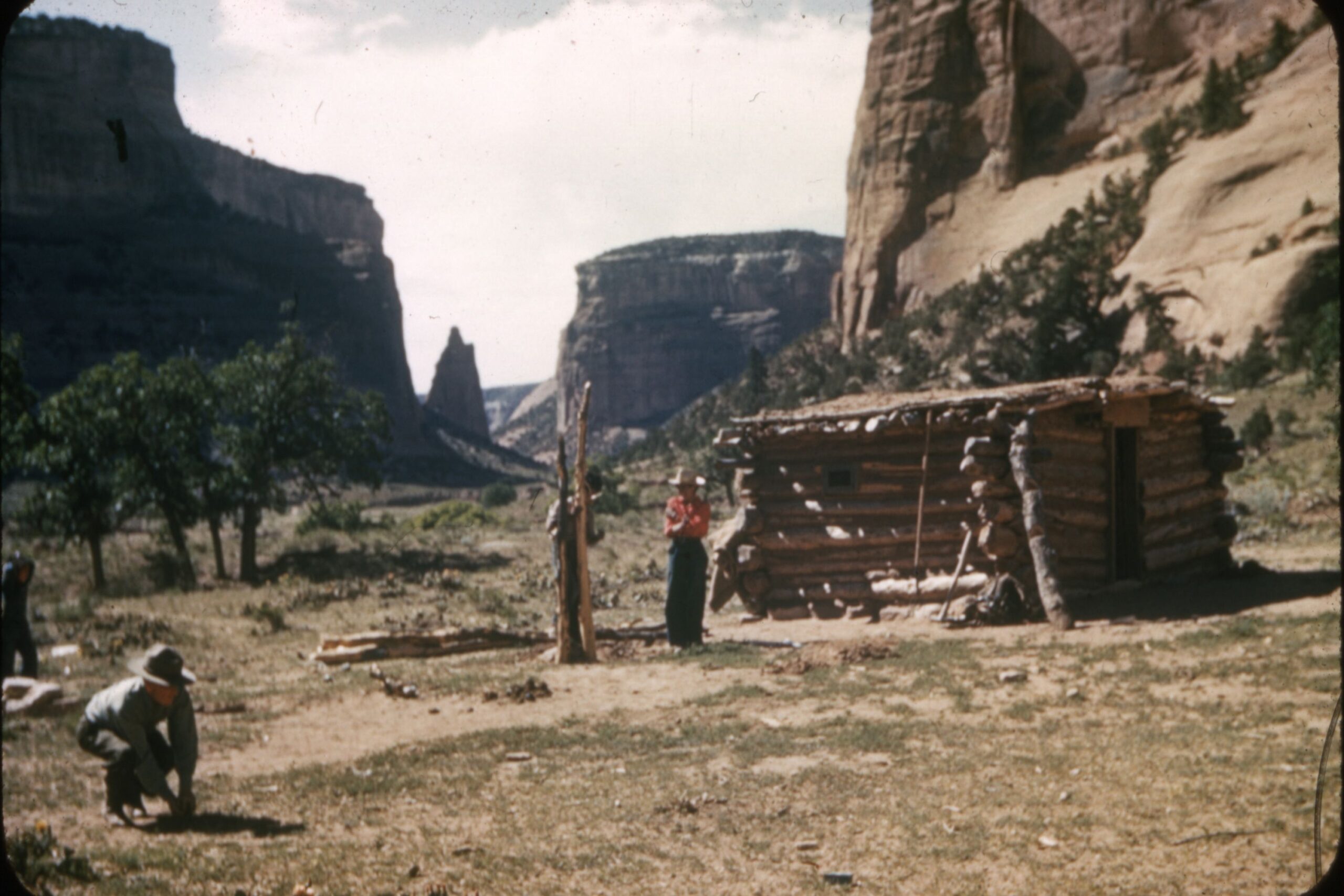
The lands of this national monument in northwest Arizona have been occupied for more than 4,000 years; today, it lies within the Navajo Nation. Members of the Navajo Nation Parks and Recreation Department work with the National Park Service to manage the national monument.
Congaree National Park | South Carolina
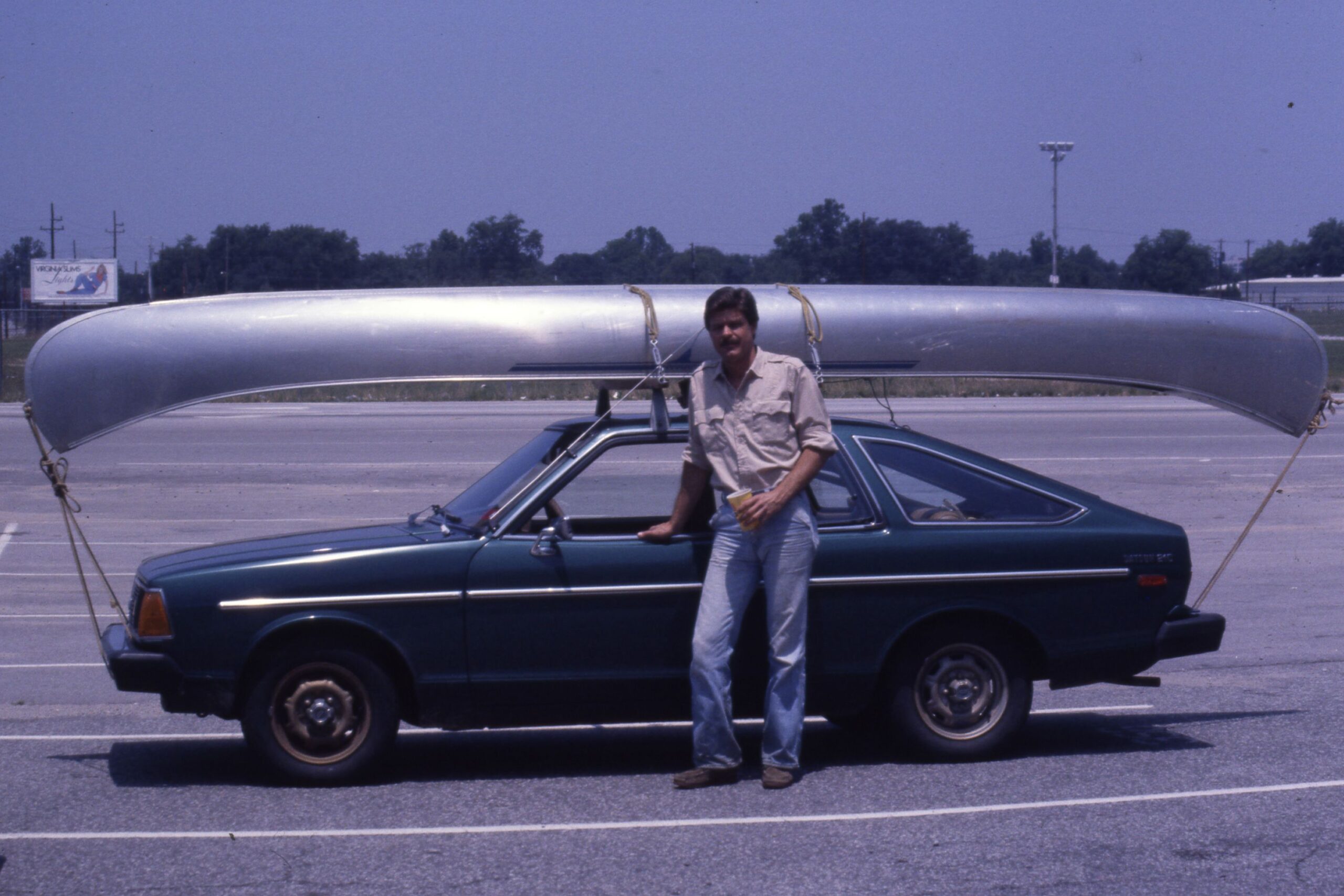
This national park in the central part of the state was once the site of widespread logging operations, but today it is a haven for wildlife and outdoor recreation (when open). The park’s Cedar Creek Canoe Trail winds through approximately 15 miles of the Congaree, traversing some of the last remaining stands of old-growth floodplain forest in the Southeast.
Grand Portage National Monument | Minnesota
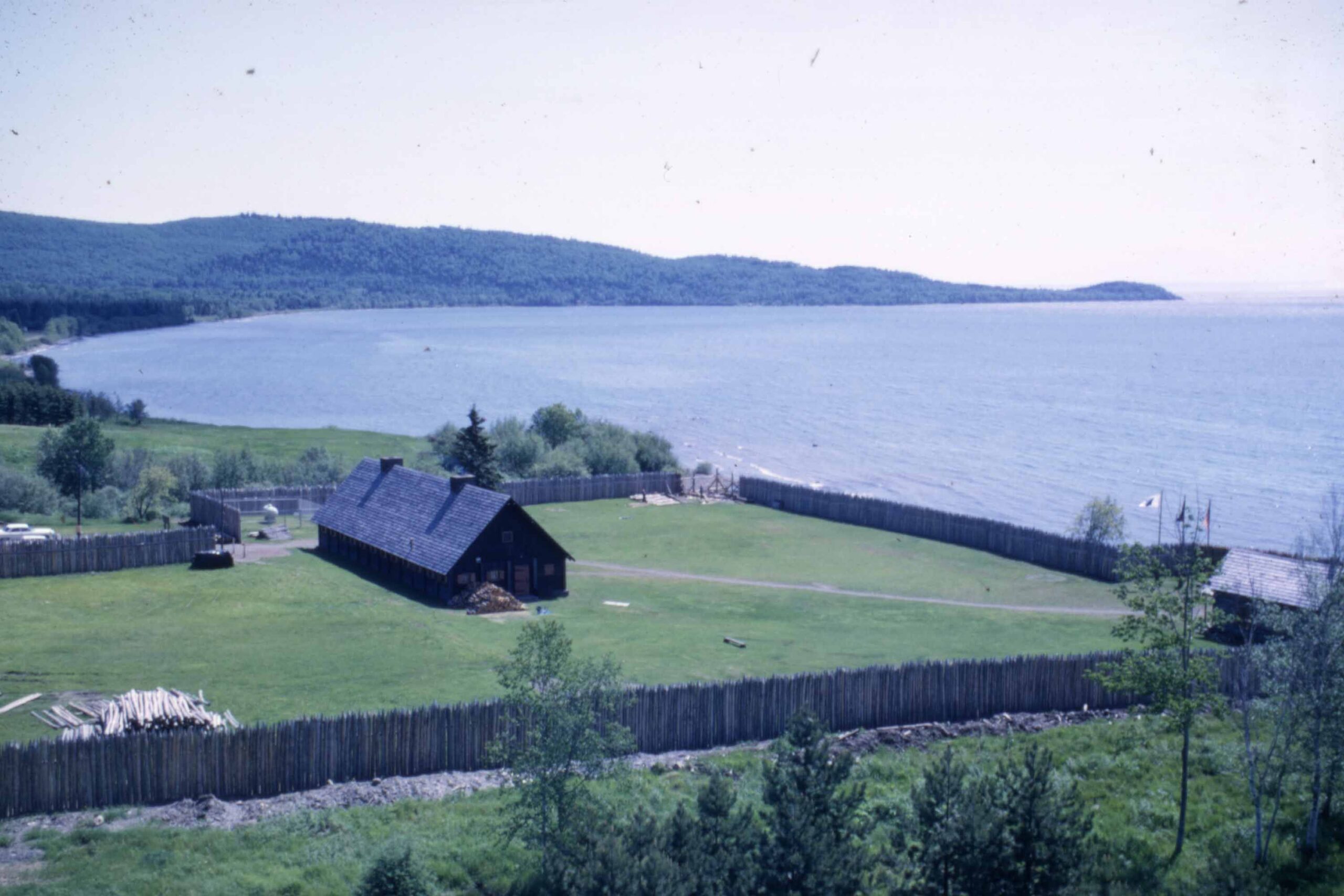
Located on the shores of Lake Superior not far from the Canadian border, Grand Portage National Monument pays tribute to the days of the colonial fur trade between the Ojibwe people and the North West Company. It features reconstructions of the original trading site, shown here in a historic image.
Harpers Ferry National Historical Park | West Virginia
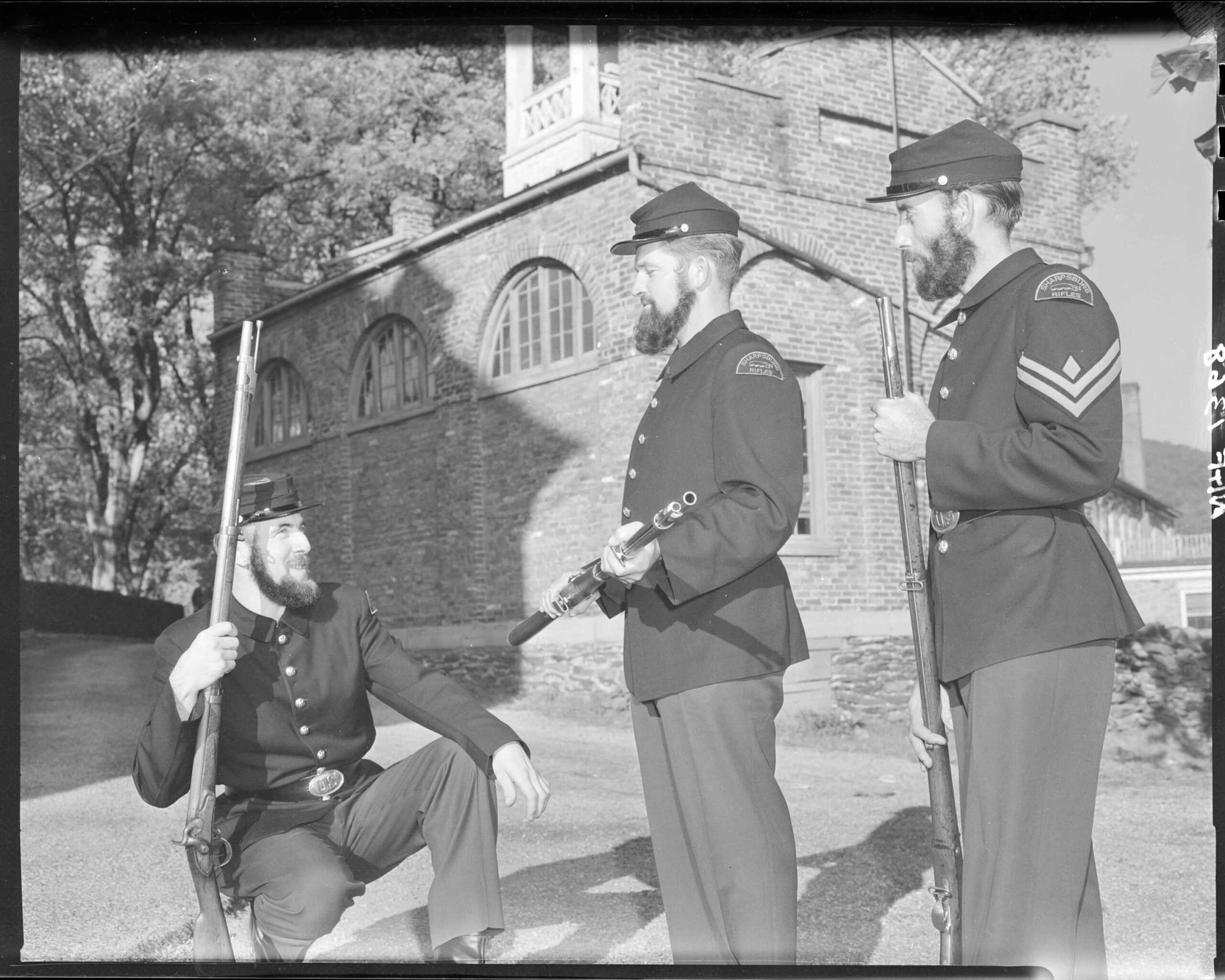
Site of abolitionist John Brown’s failed assault on a federal arsenal in 1859, the community of Harpers Ferry is a living time capsule. There are Civil War battle sites nearby, more than 20 miles of trails, and living-history workshops that offer an experience of what it was like to live during this time. In 1959, the park observed the centennial of Brown’s raid with reenactments, as pictured here.
Harpers Ferry National Historical Park
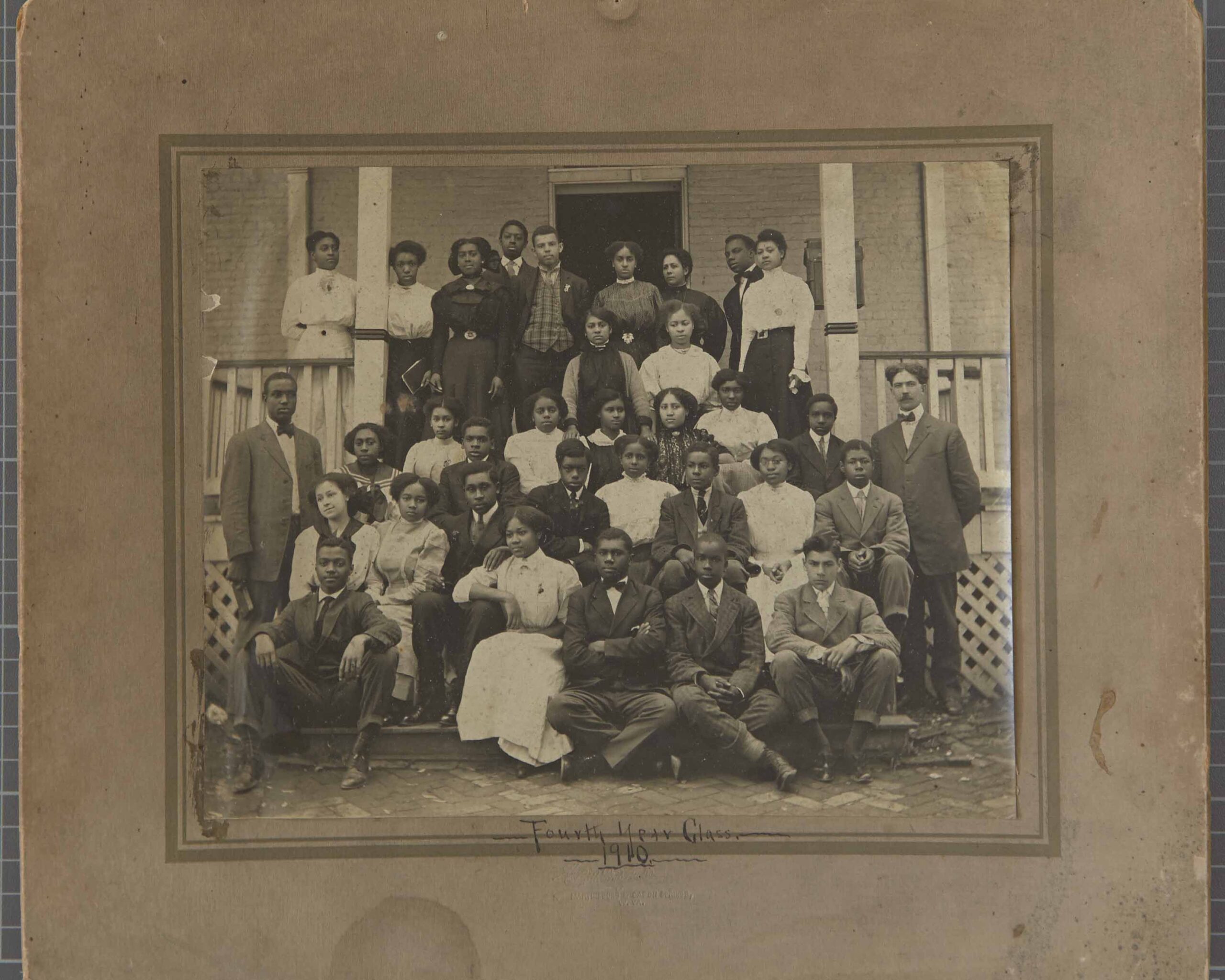
The Harpers Ferry park is also the site of Storer College, which was founded in the wake of the Civil War to educate newly freed slaves. From 1865 to 1890, it was the only school in West Virginia where African Americans could attend. Hundreds of students graduated from Storer before it closed in 1955, including these four-year students from 1940.
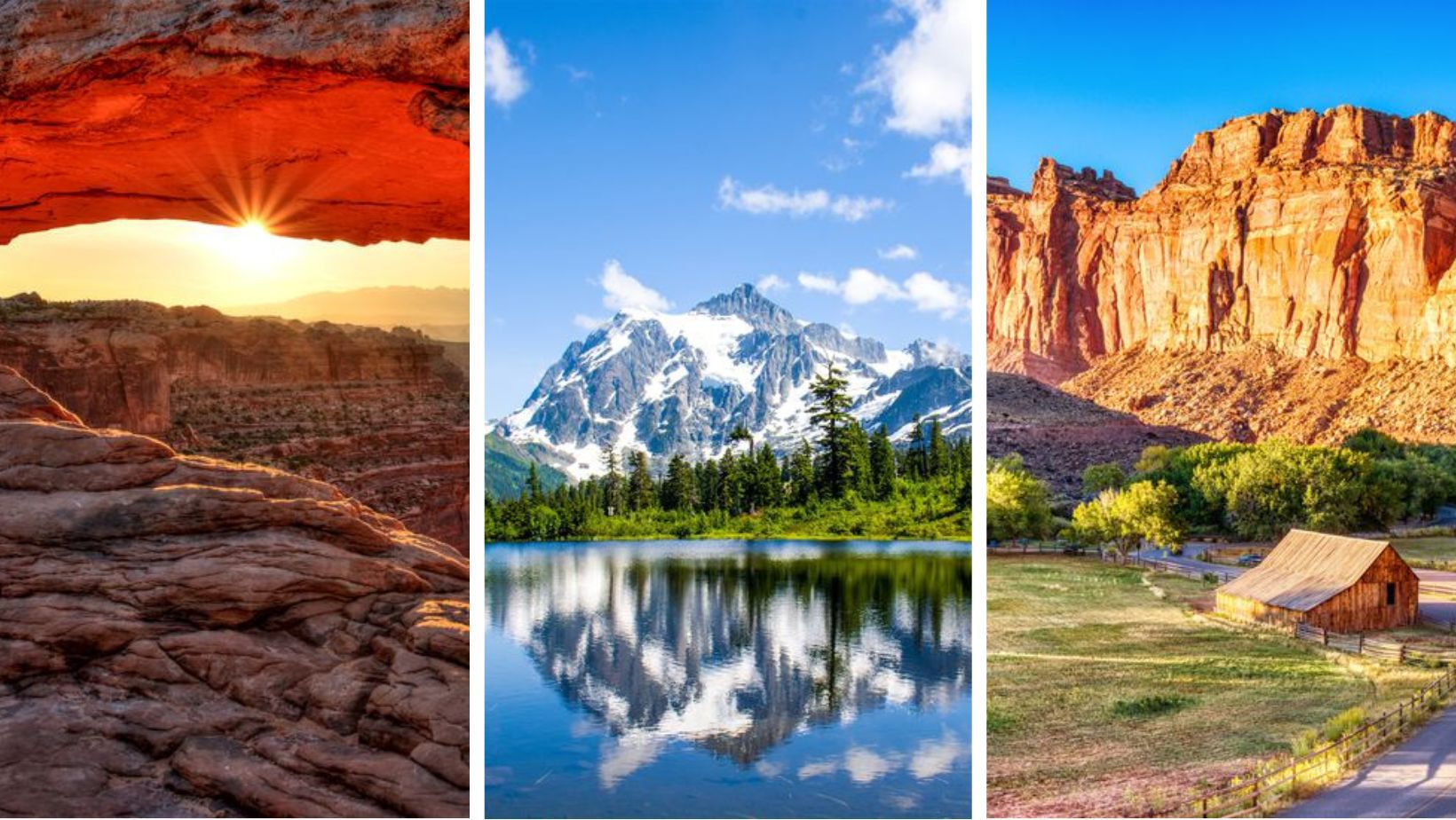
- 12 Overcrowded National Parks, And Where to Go Instead — As beautiful and majestic as our national parks are, some of the most popular ones can be overhyped due to their overwhelming crowds. Here are some great alternatives.
- 32 Unforgettable Bucket-List Experiences in America’s National Parks — Discover some of the essential sights and activities you can’t miss.
- Stunning Photos of Every National Park in America — Each of the parks offers uniquely awe-inspiring wild places and represent the best of America’s natural beauty, offering visitors a place for spiritual renewal and the chance to get lost in the splendor of the great outdoors.
